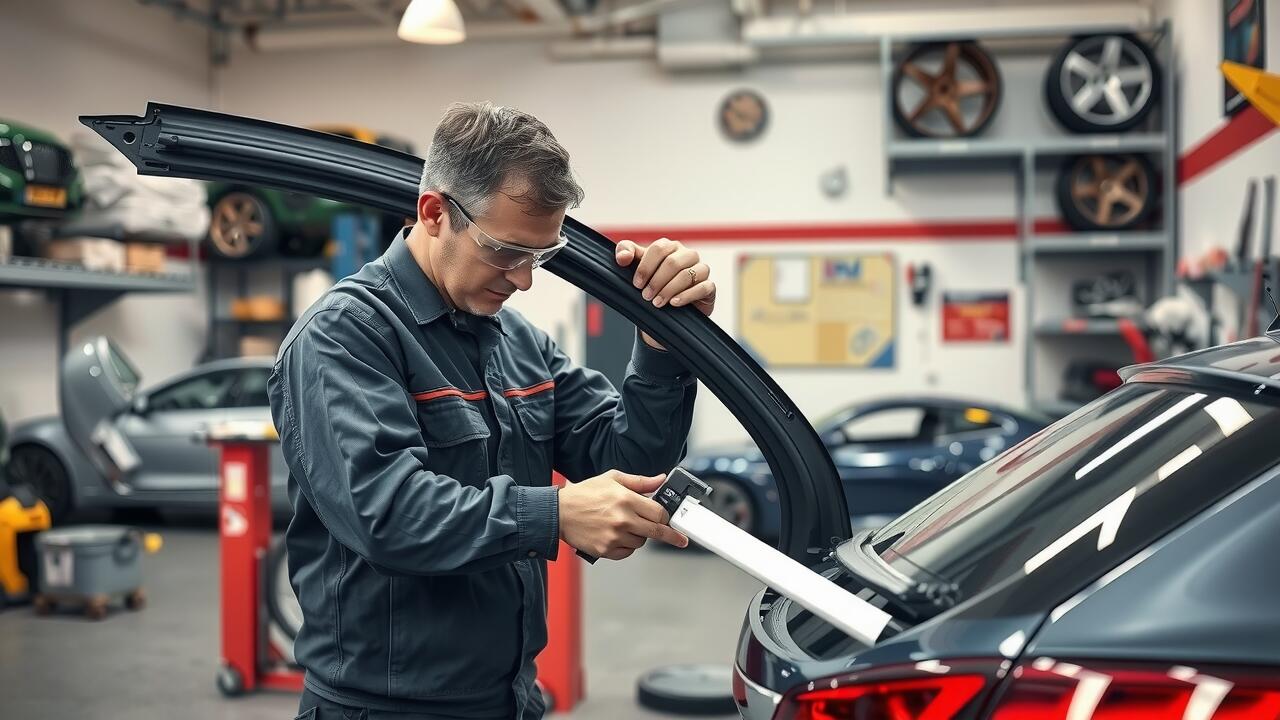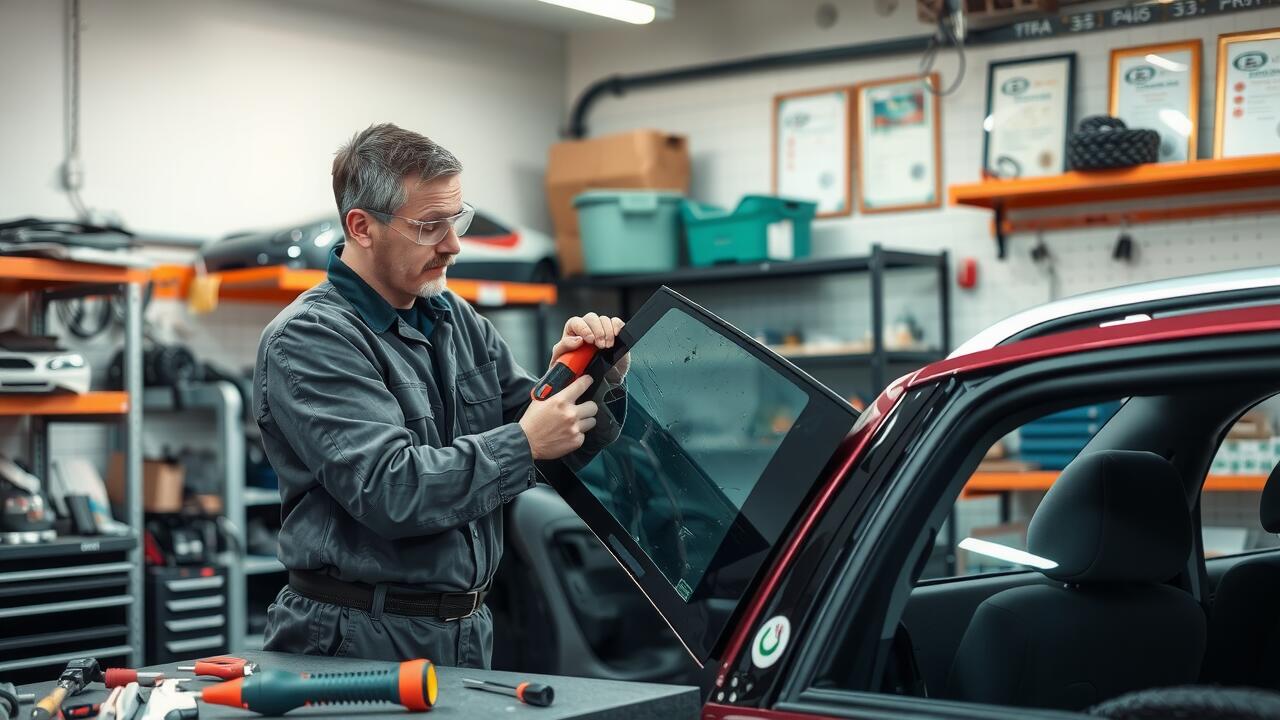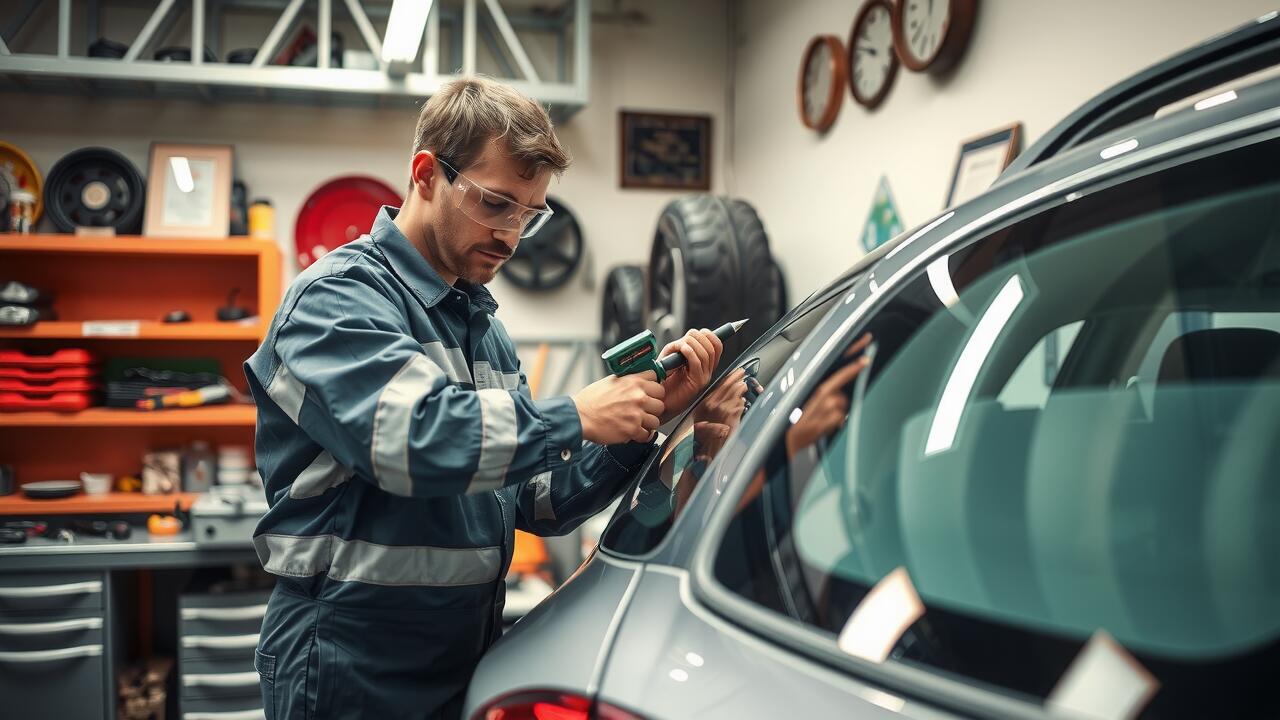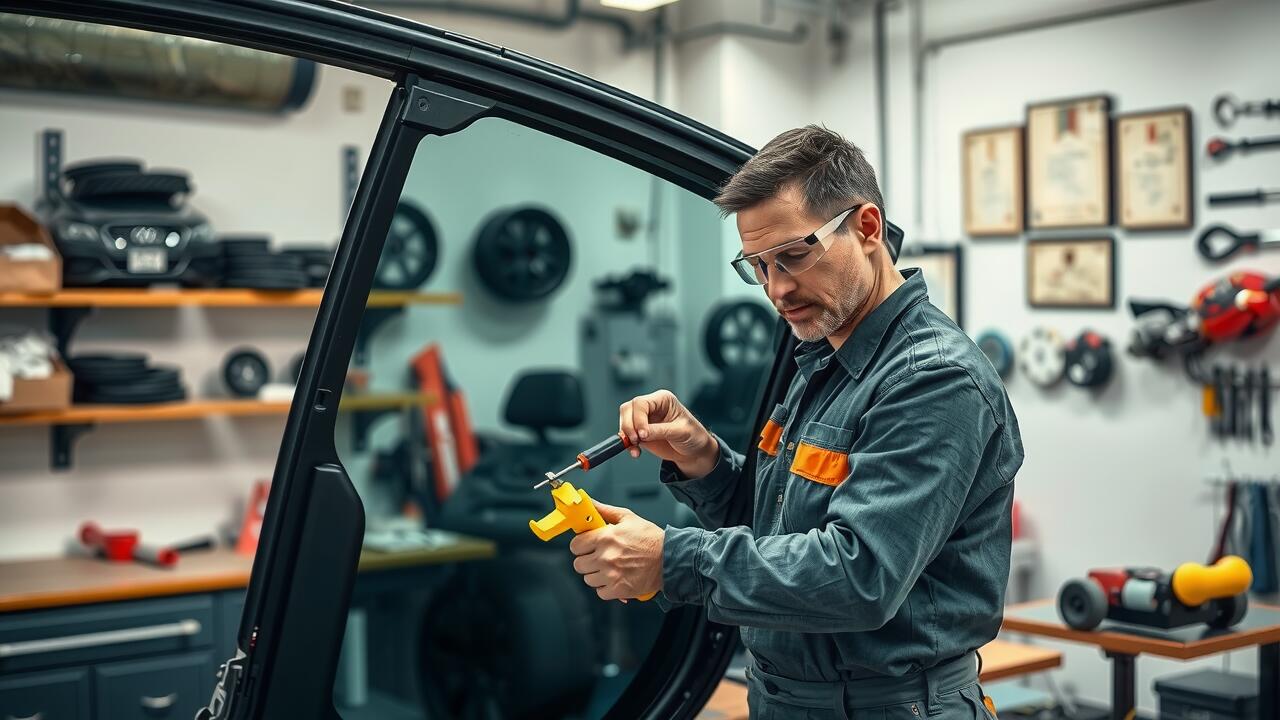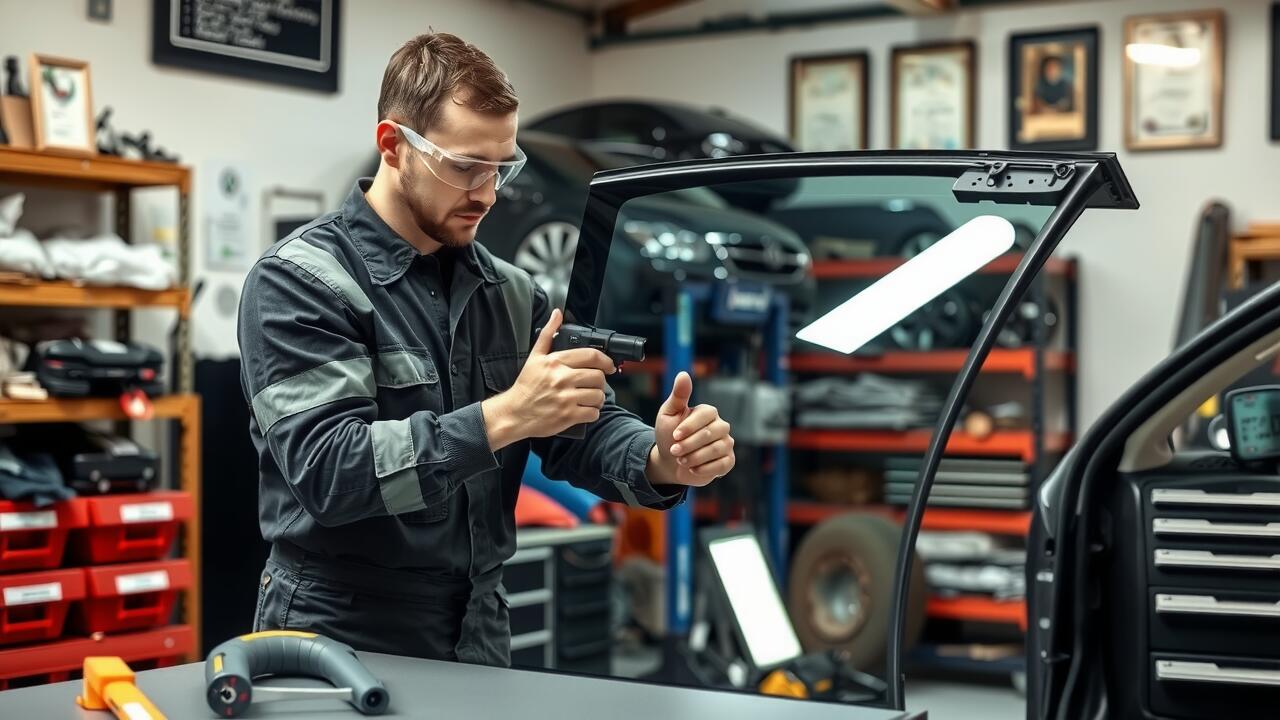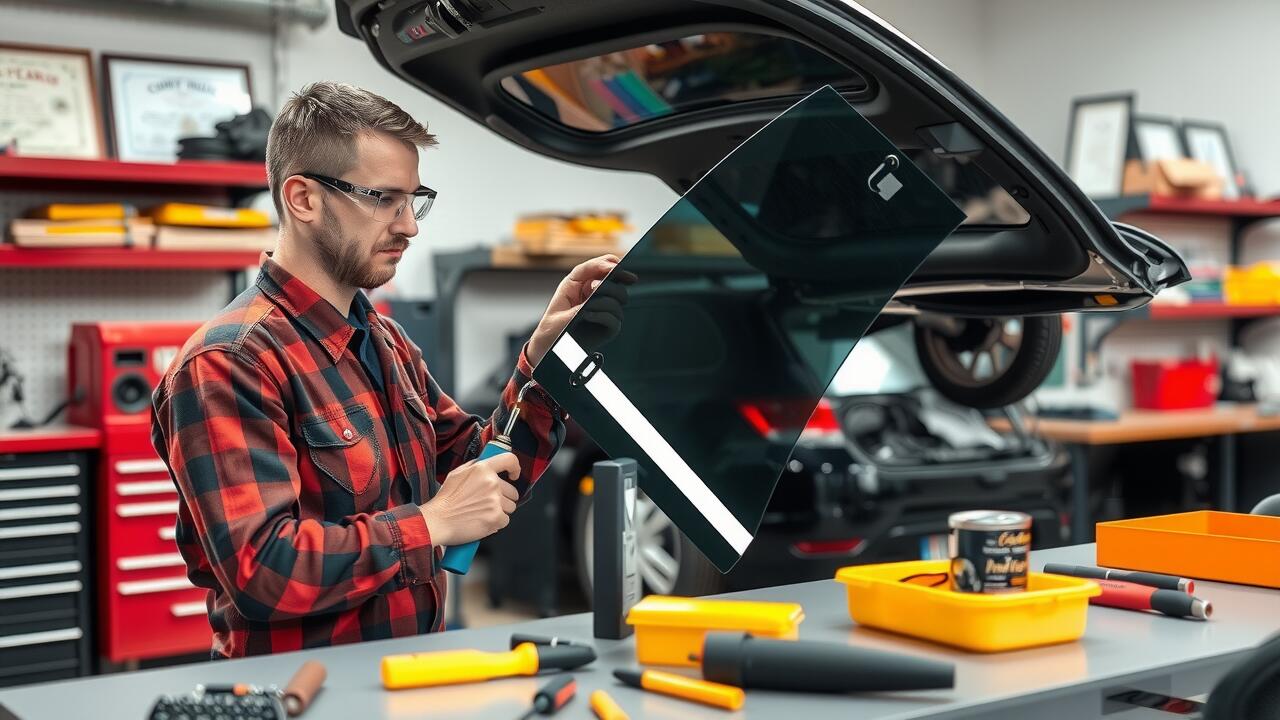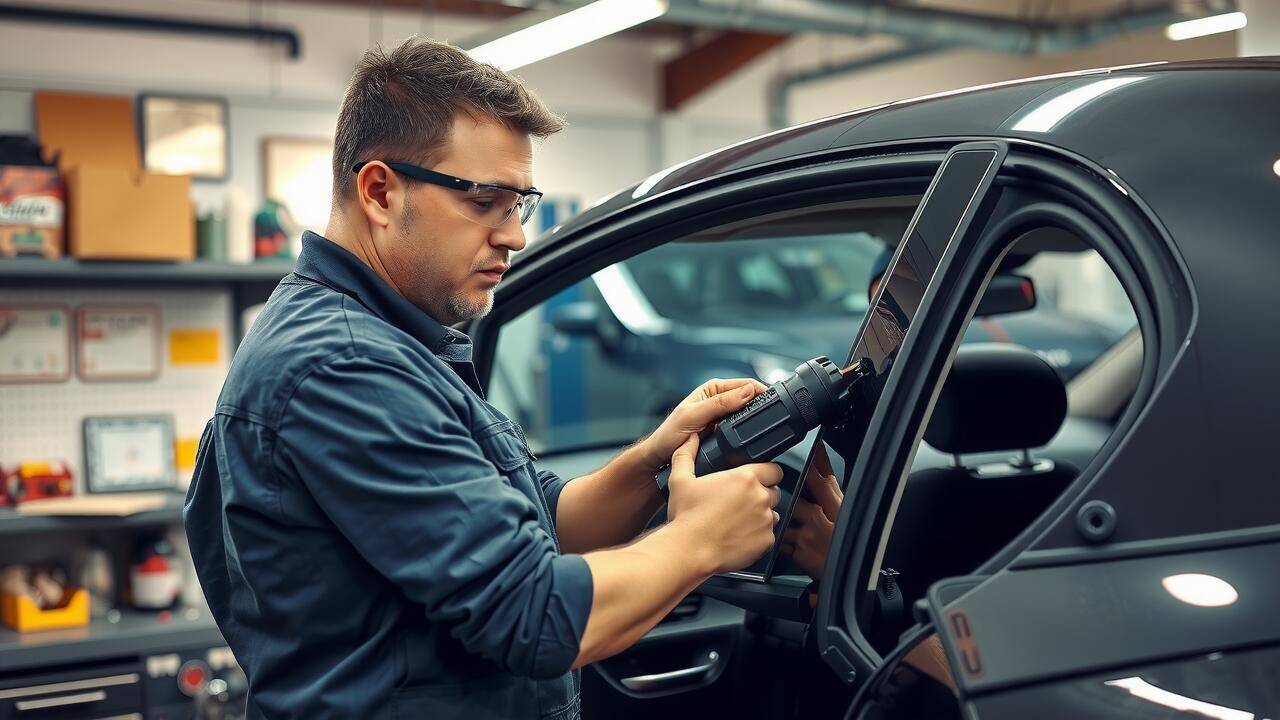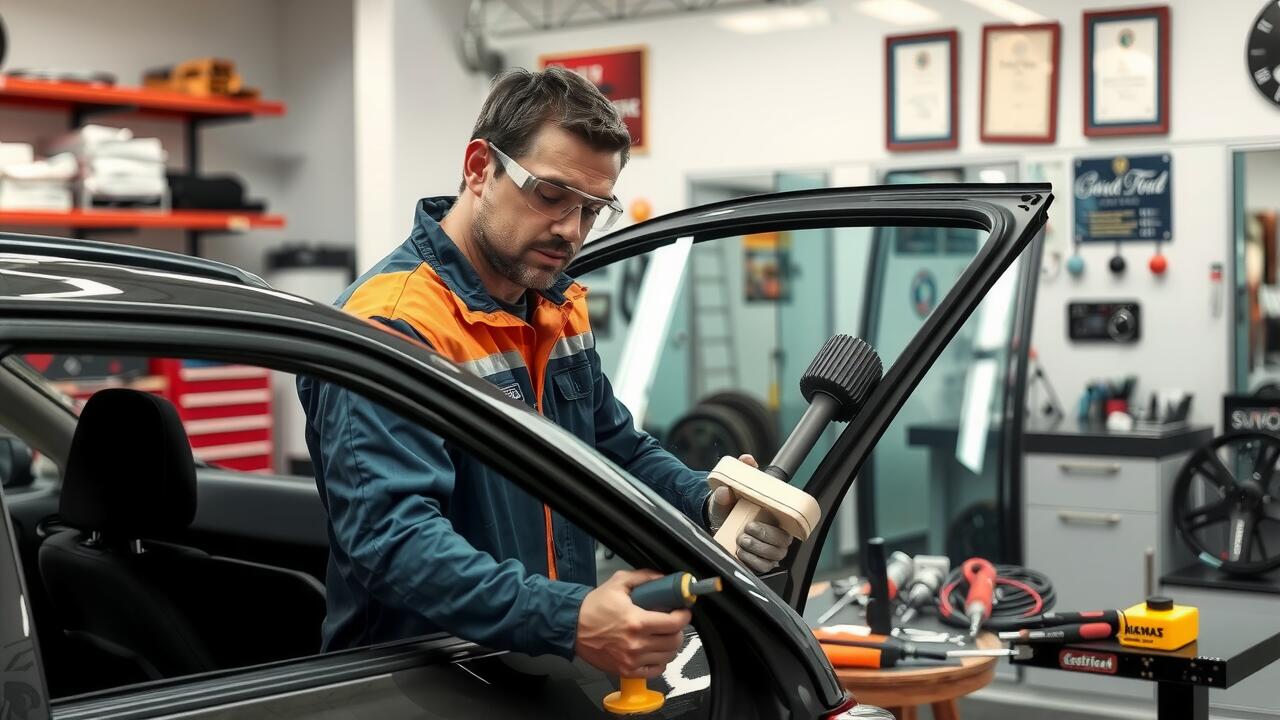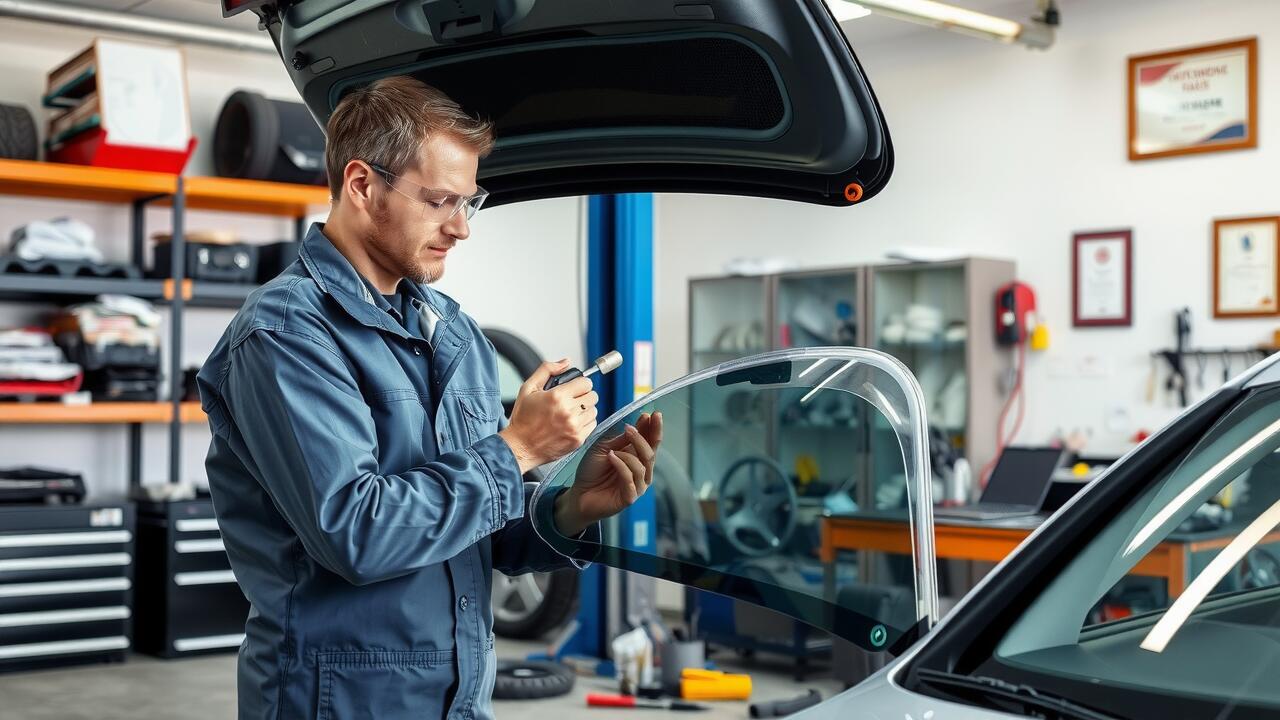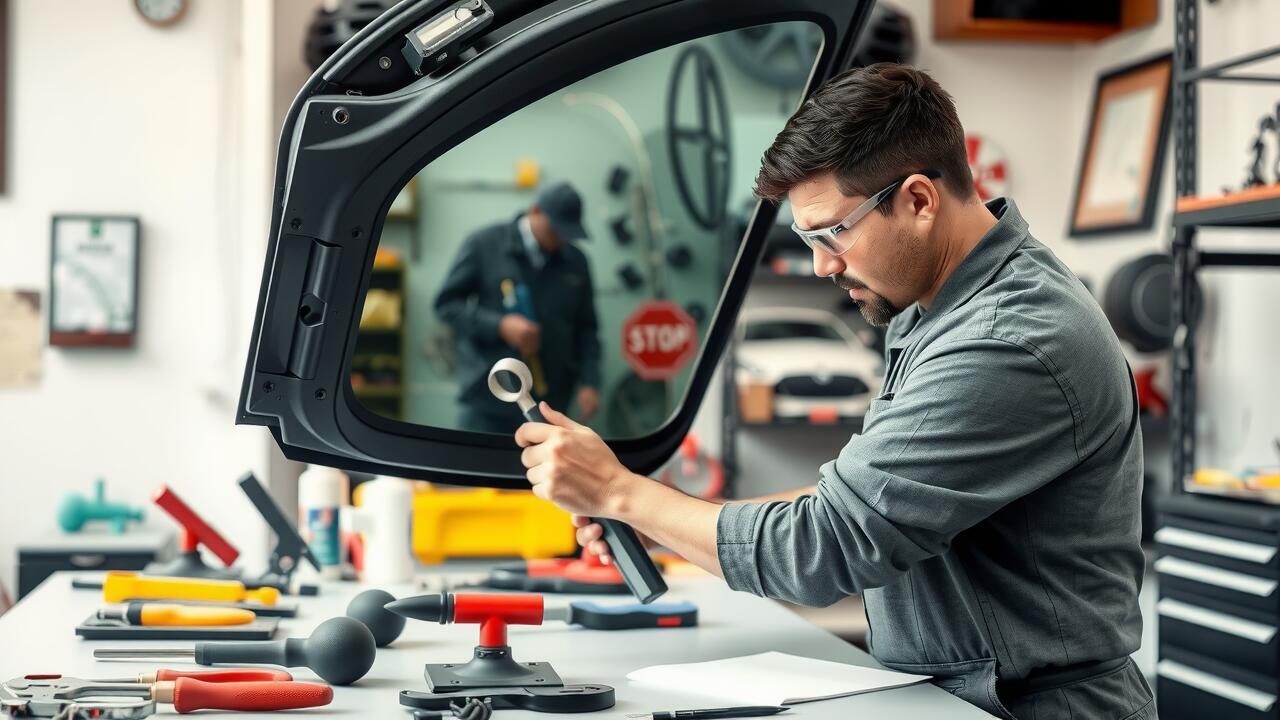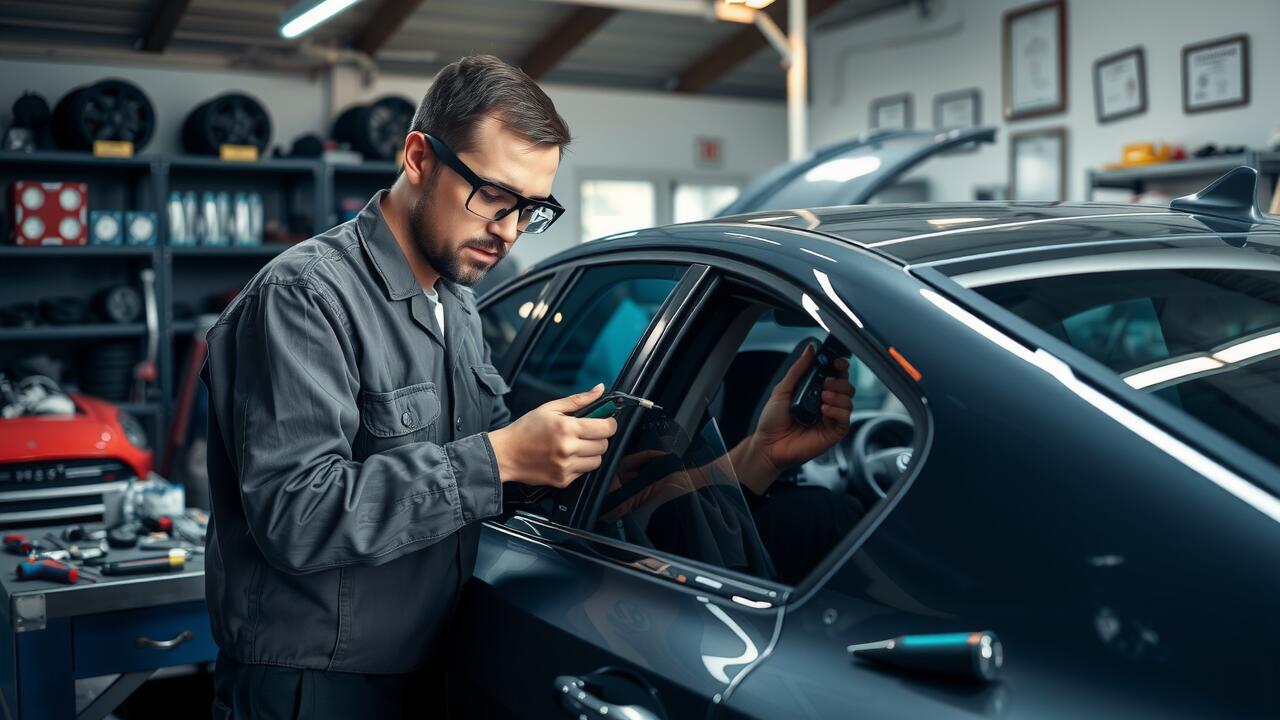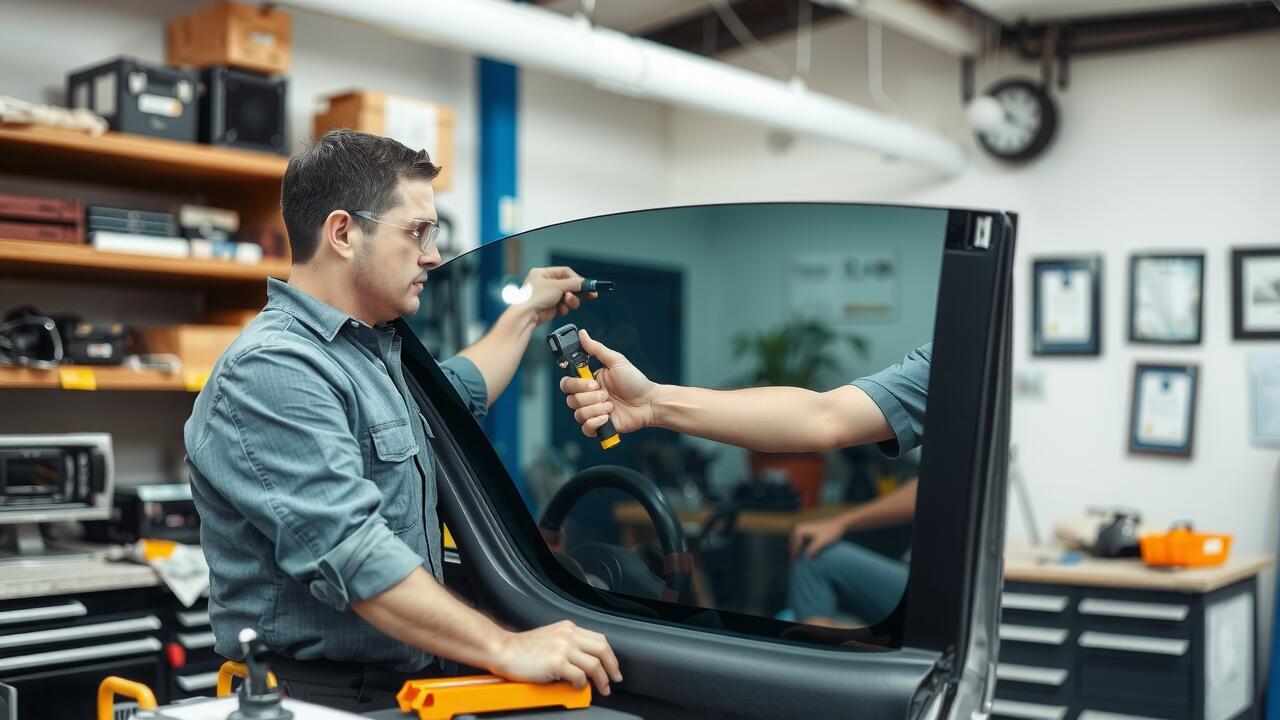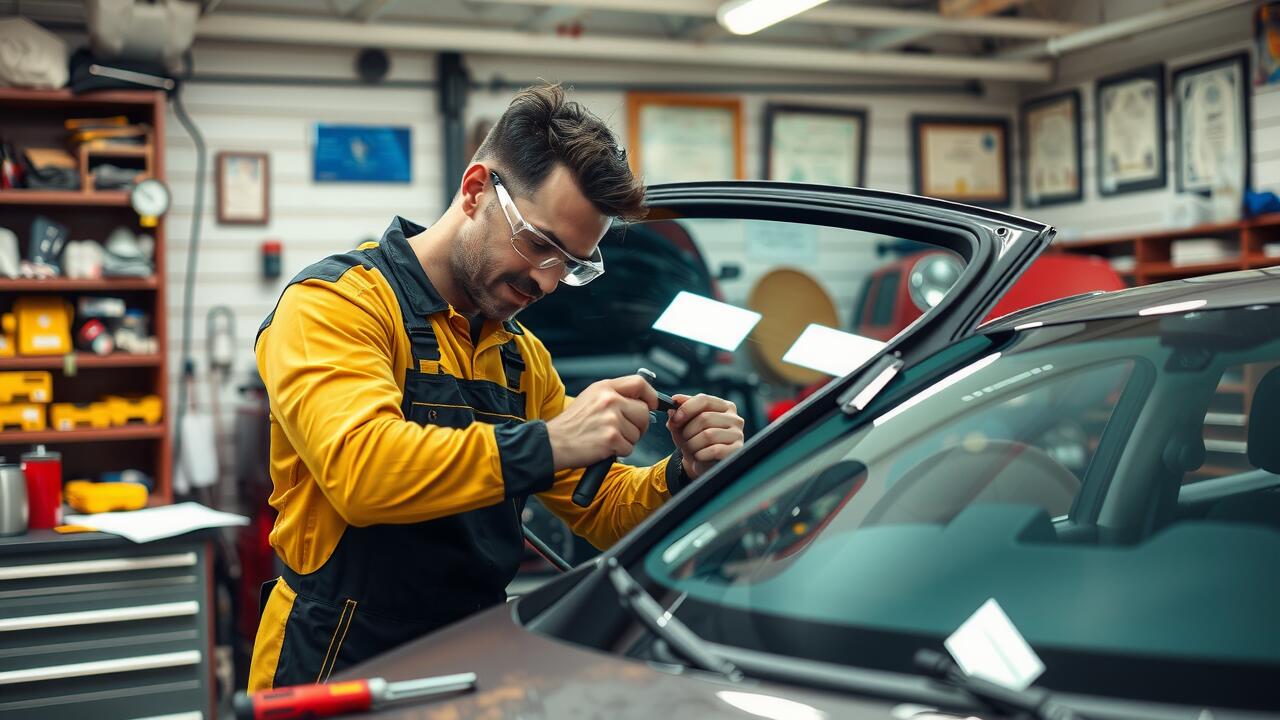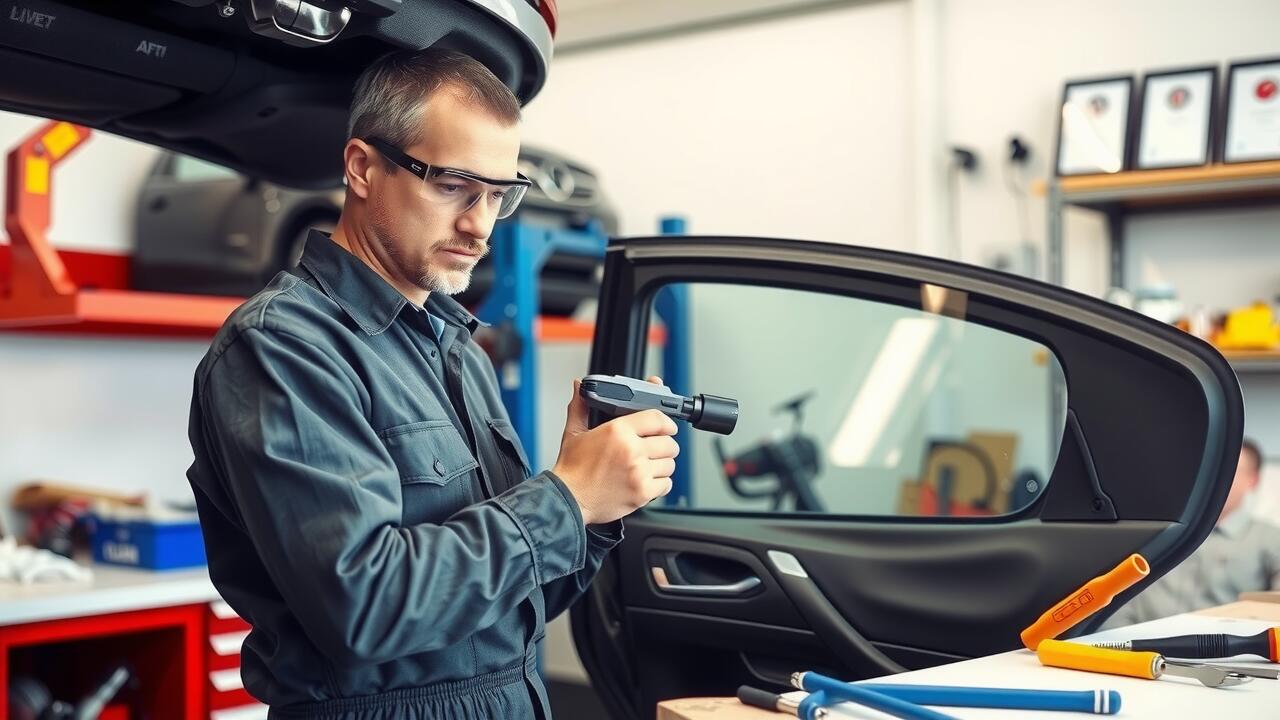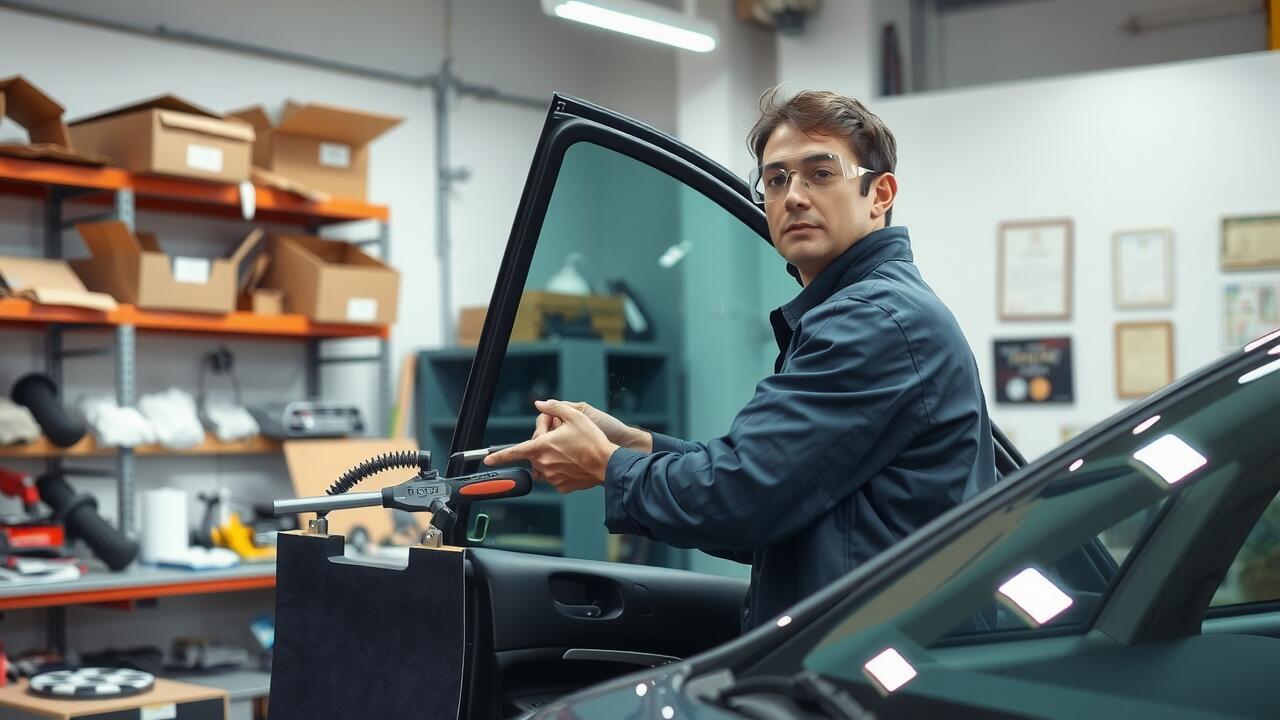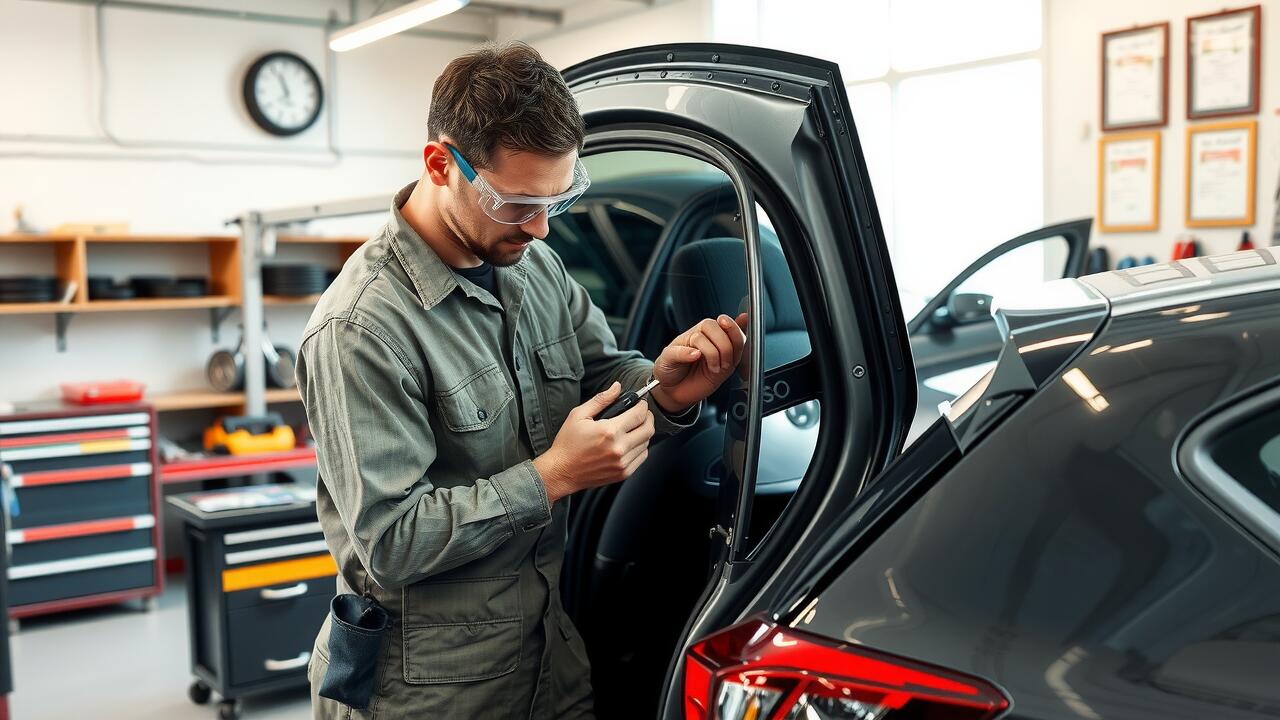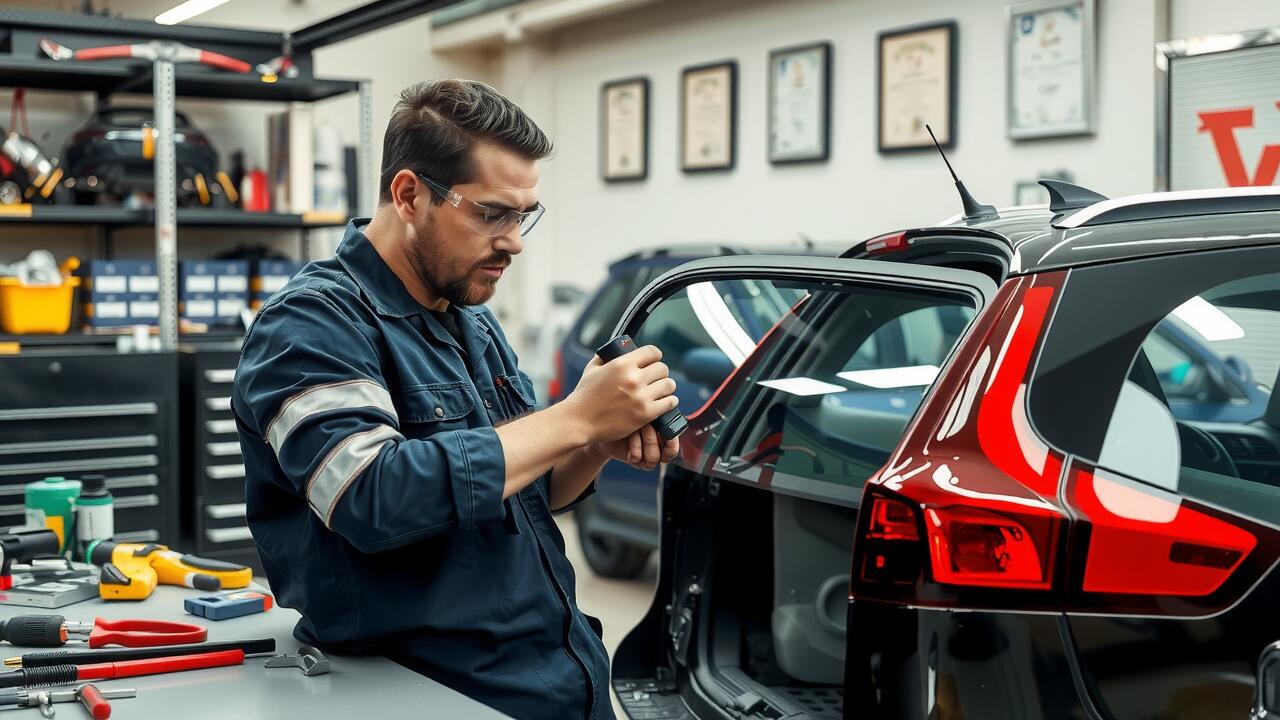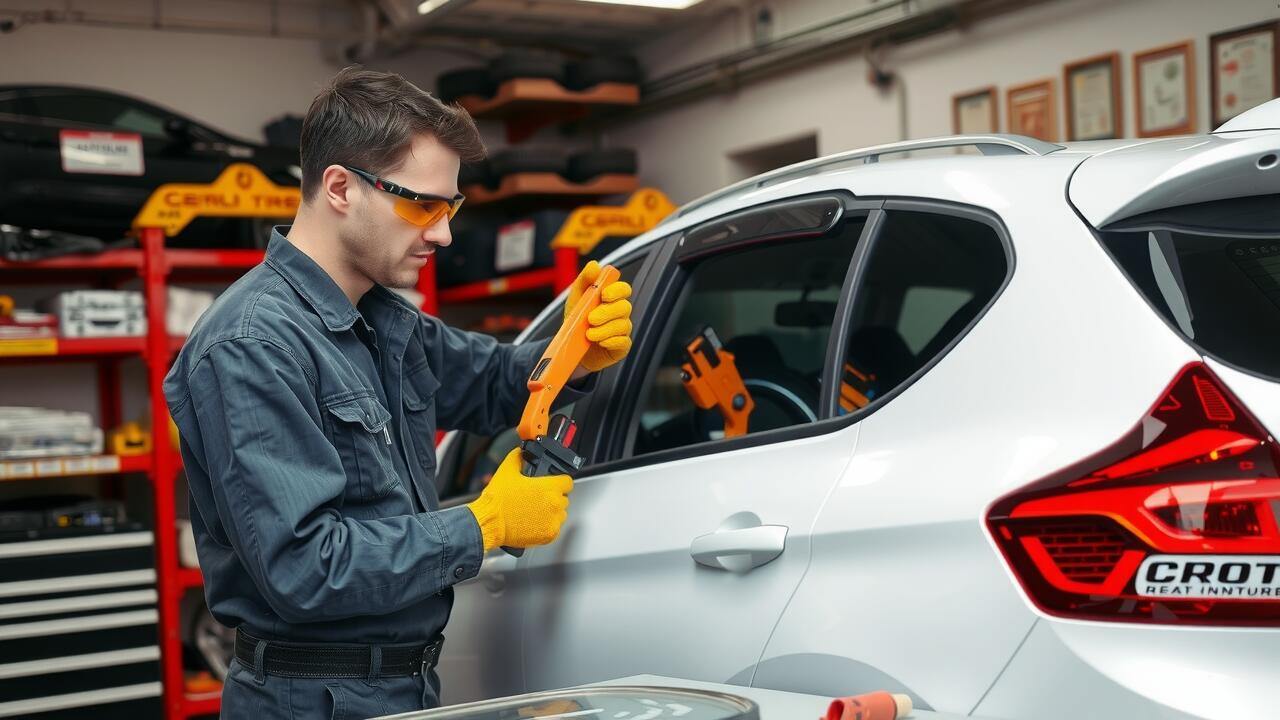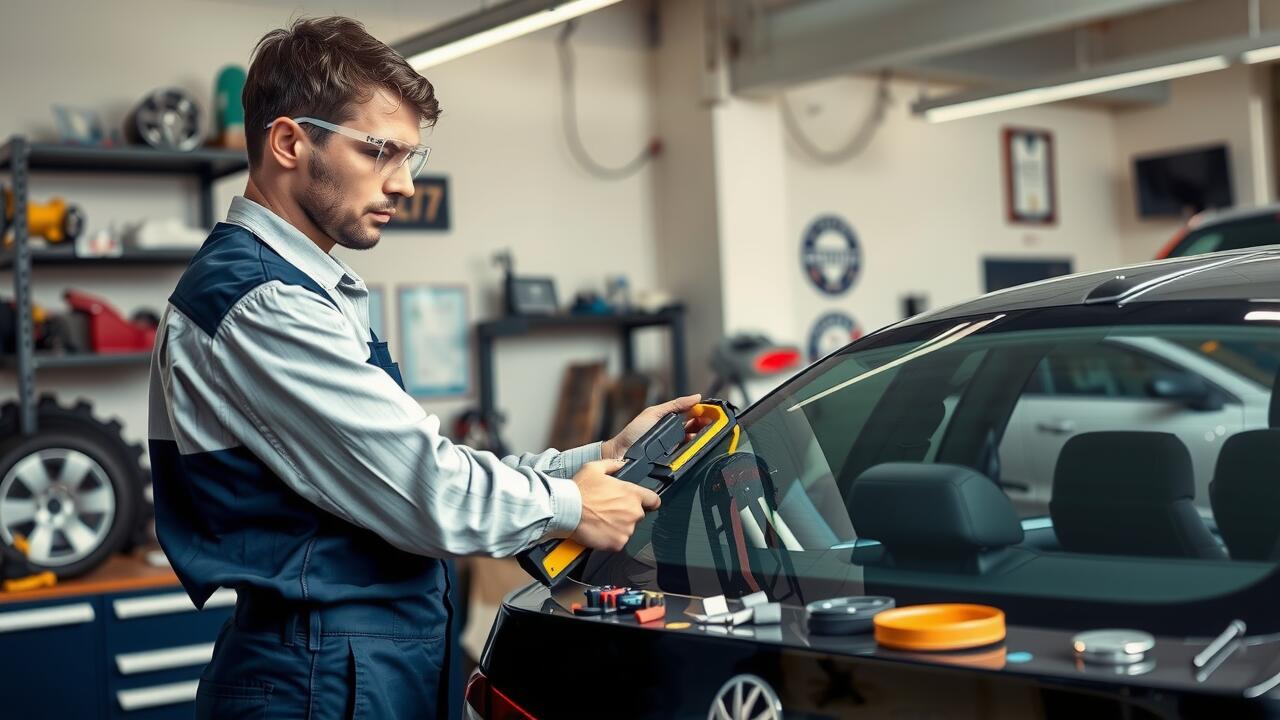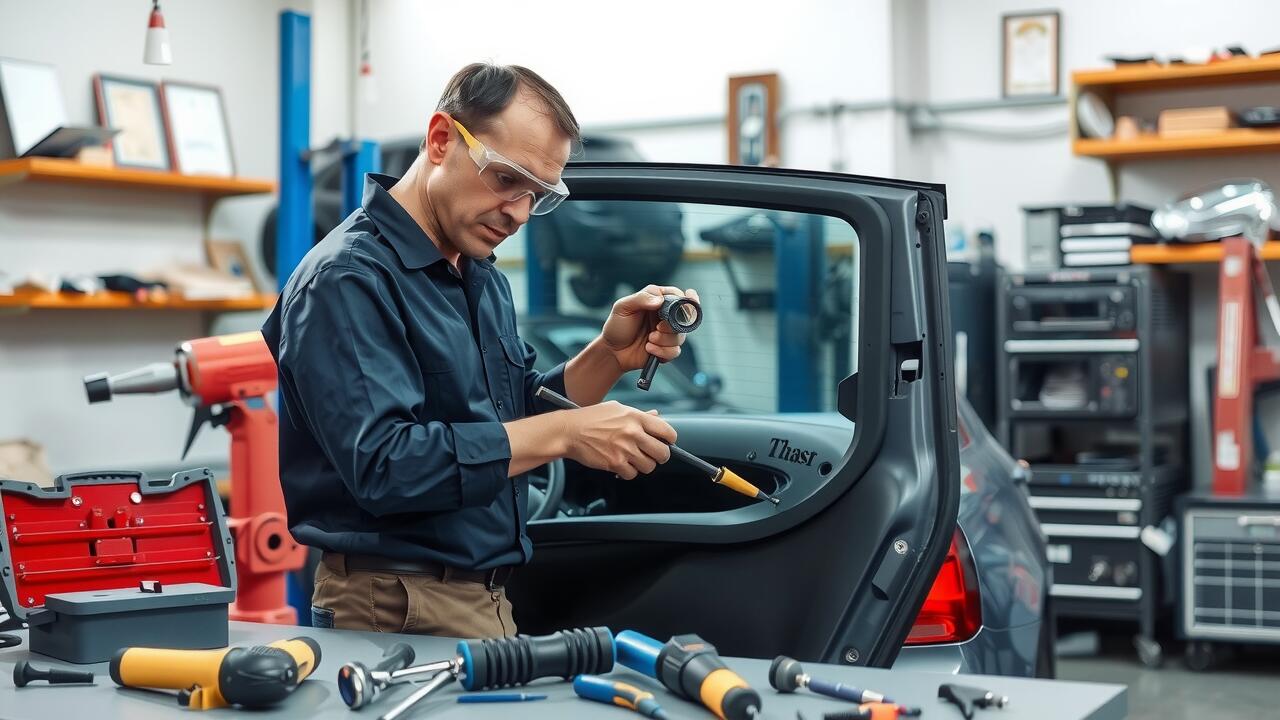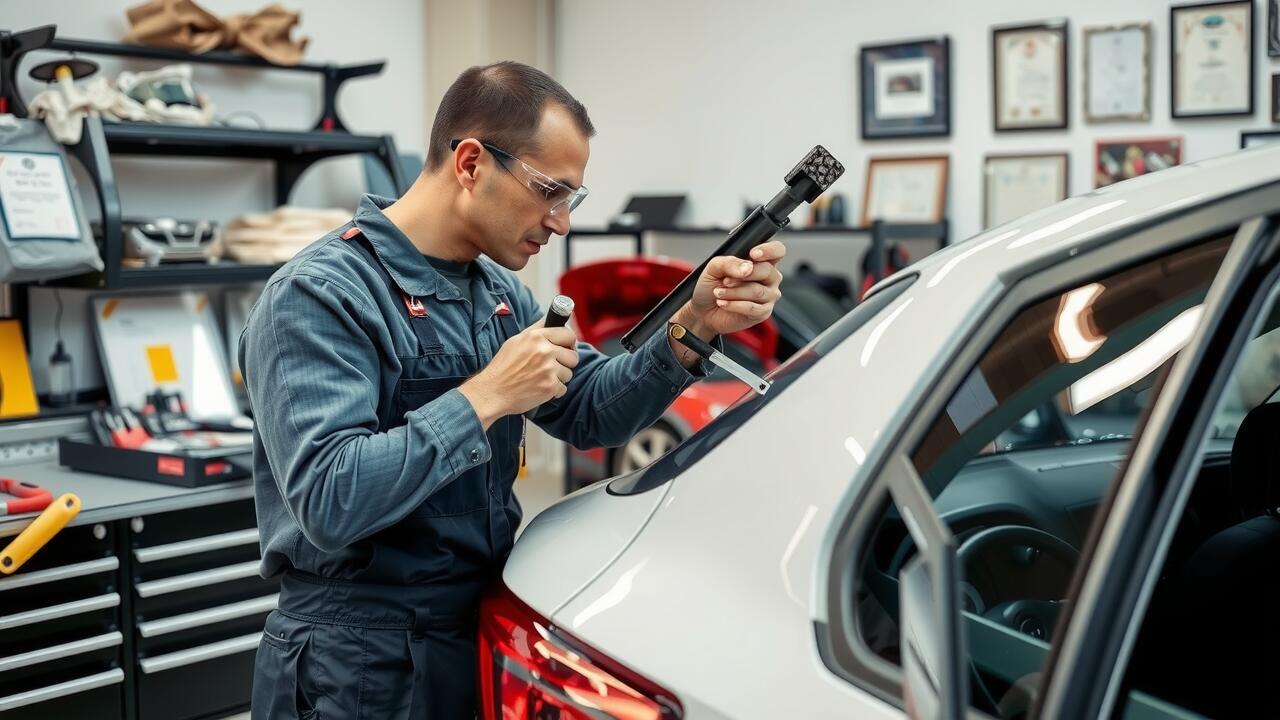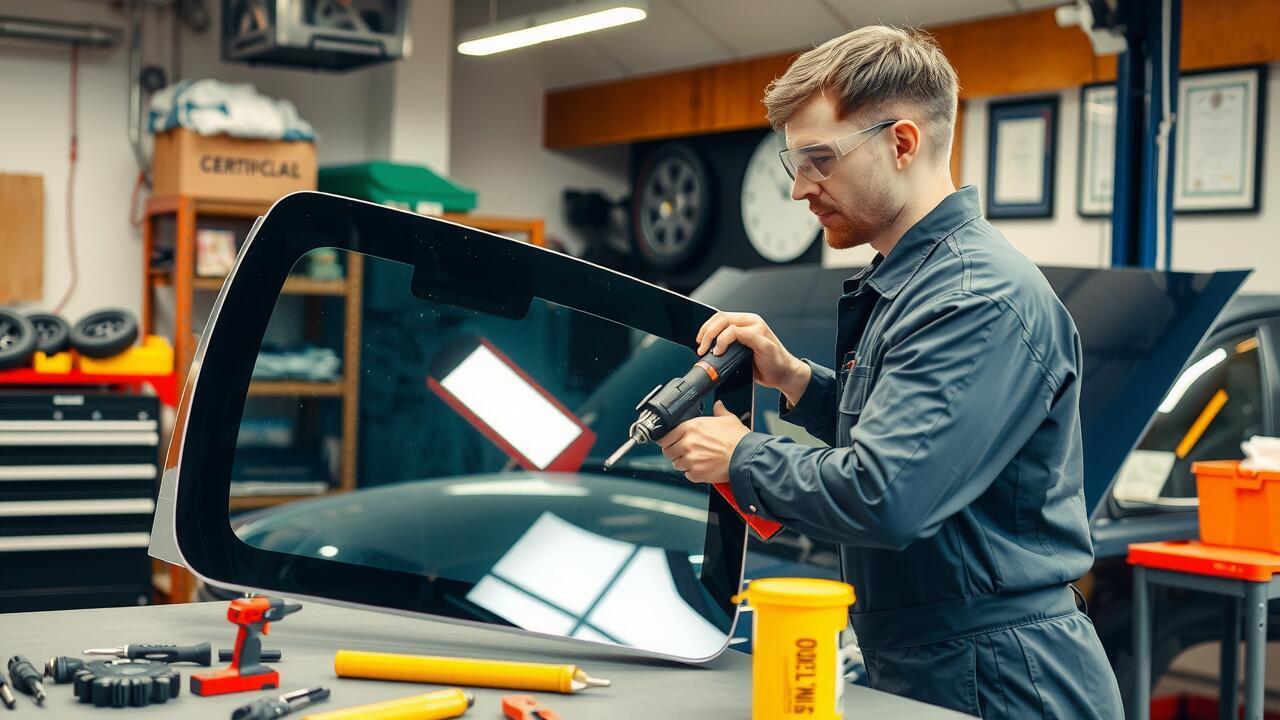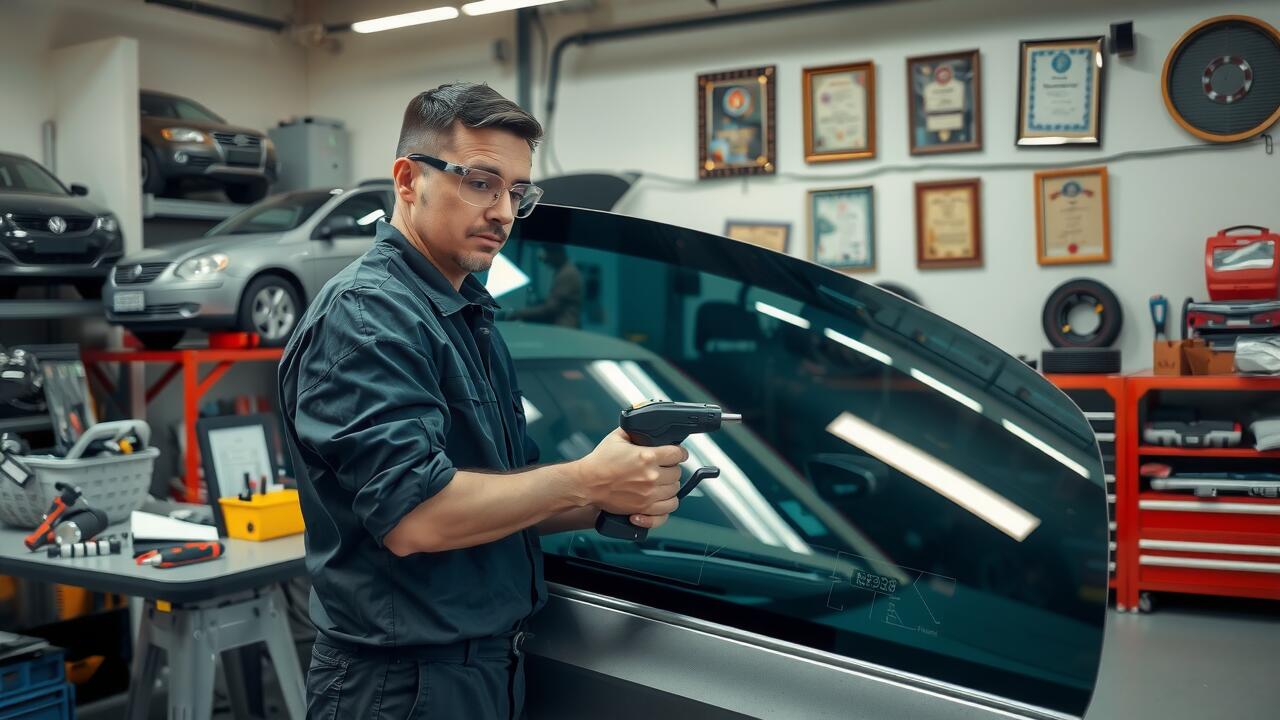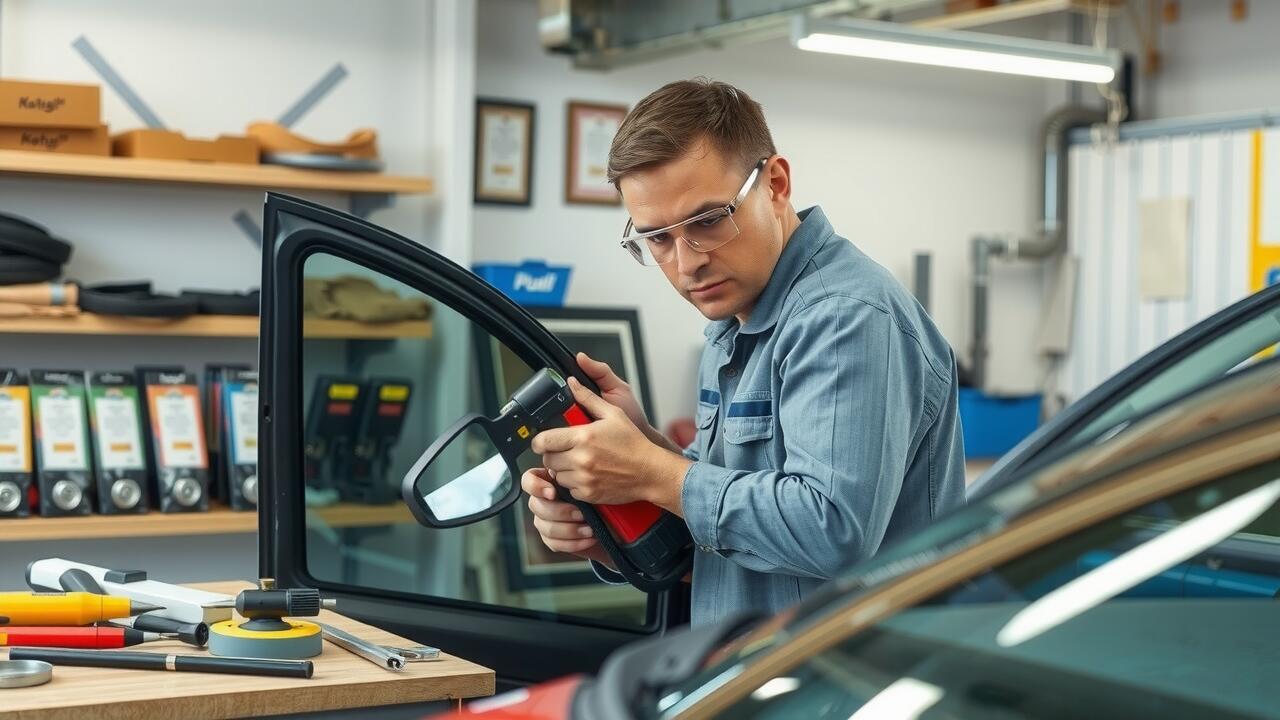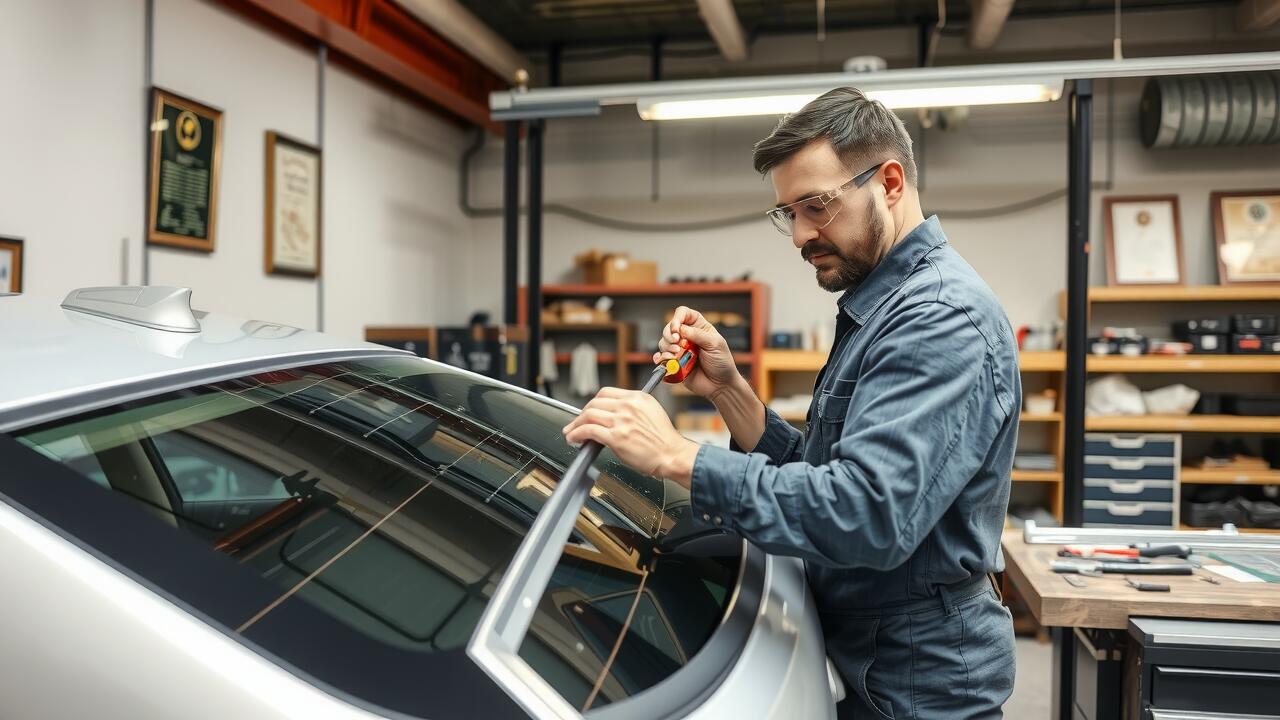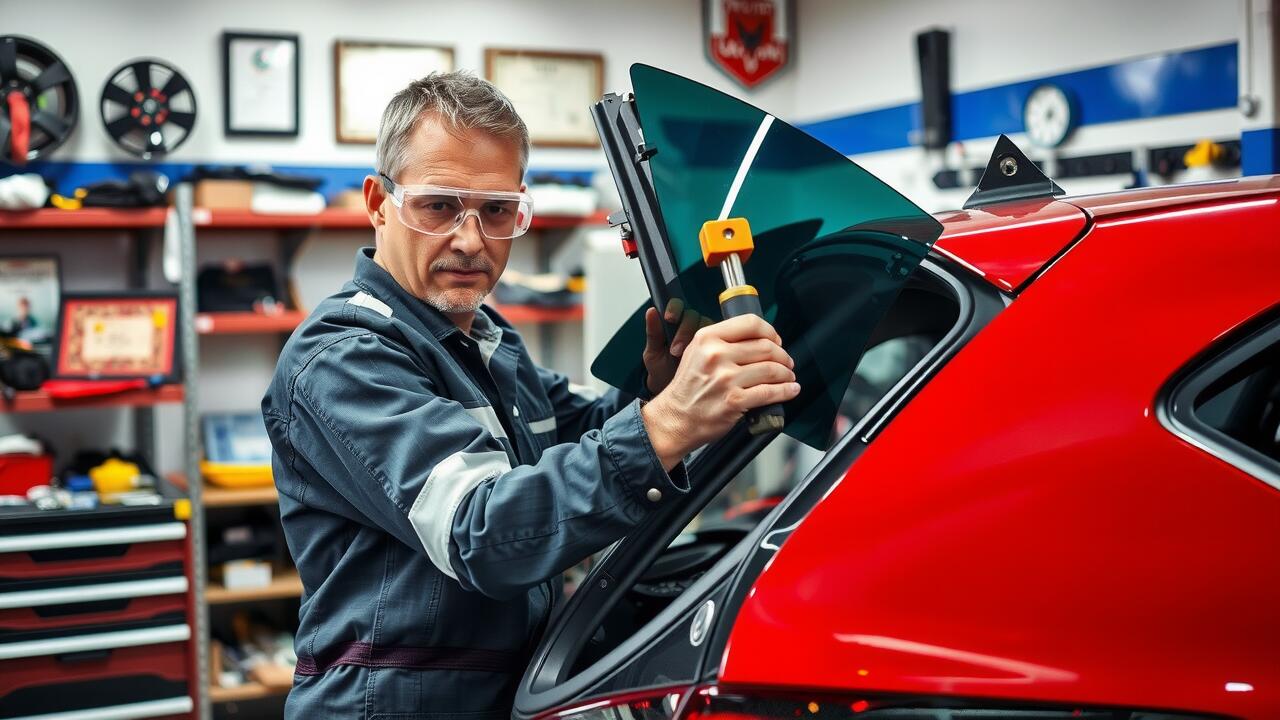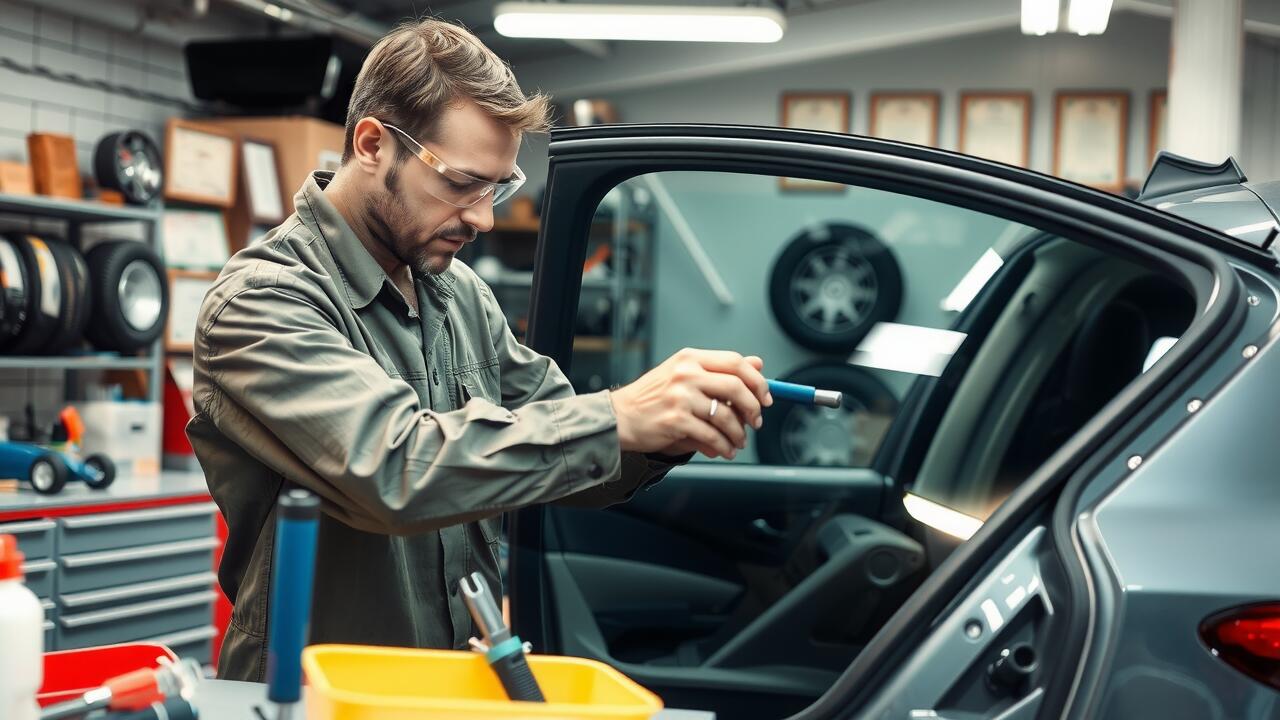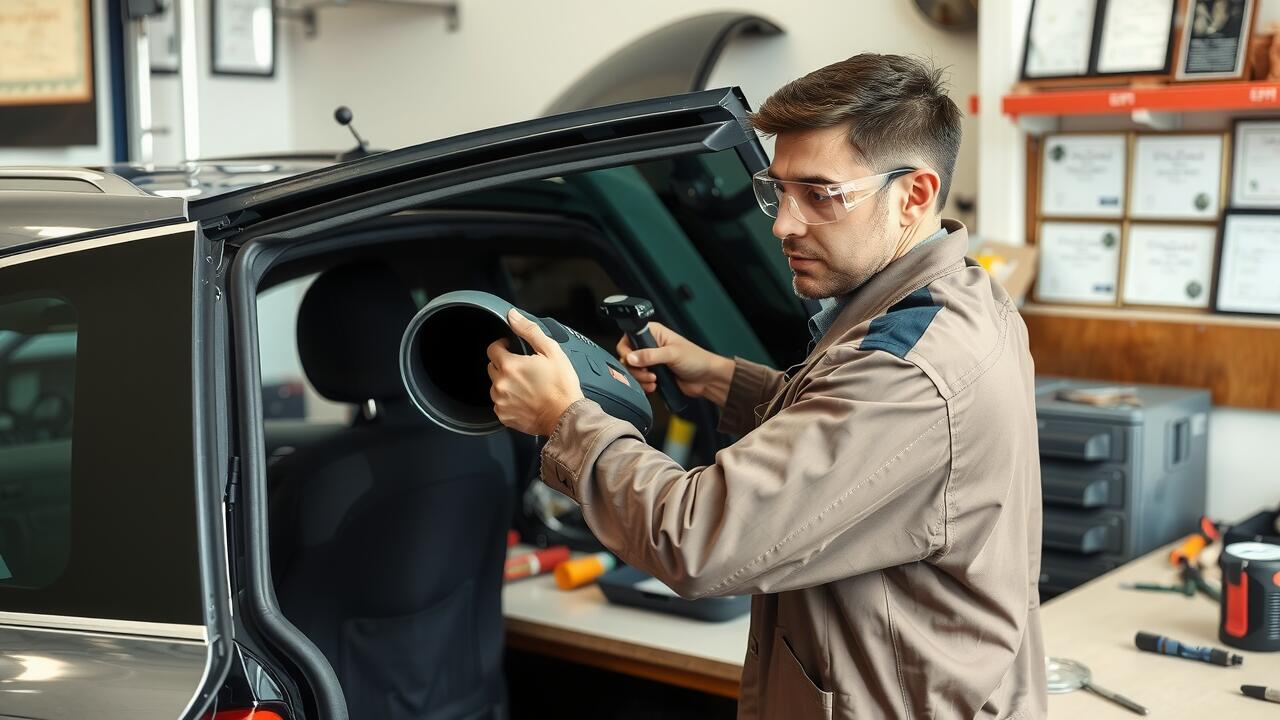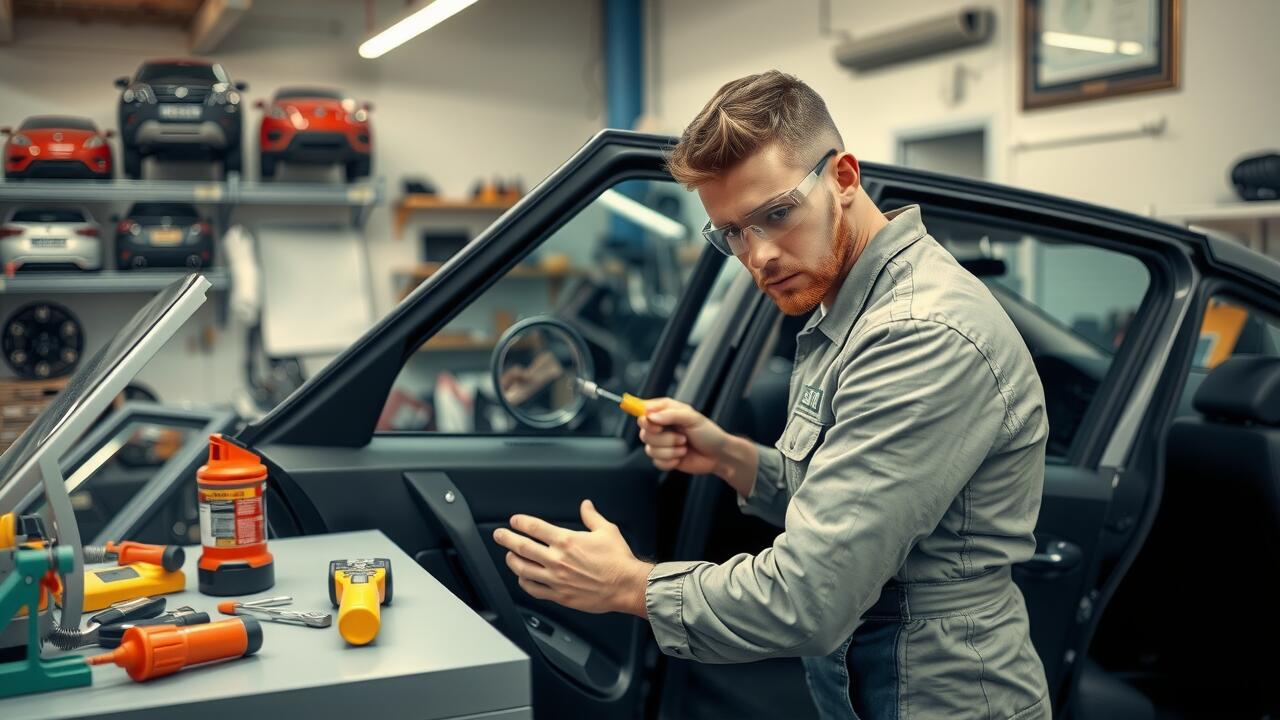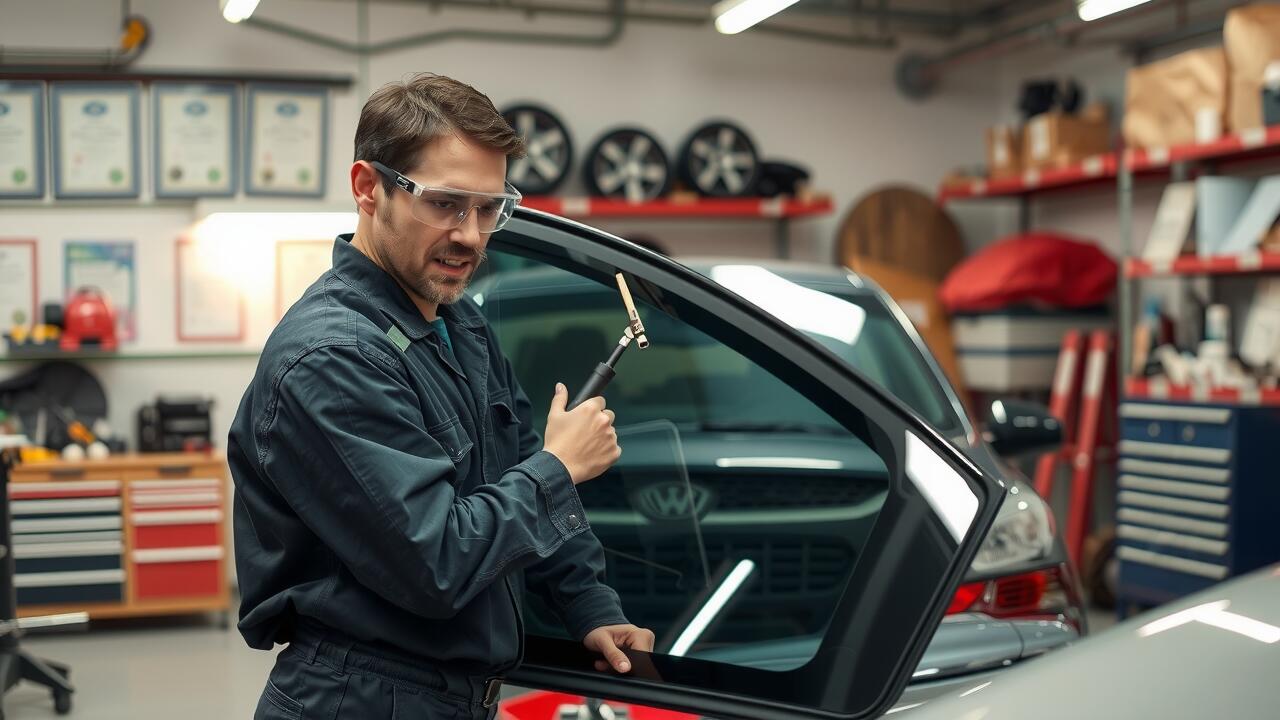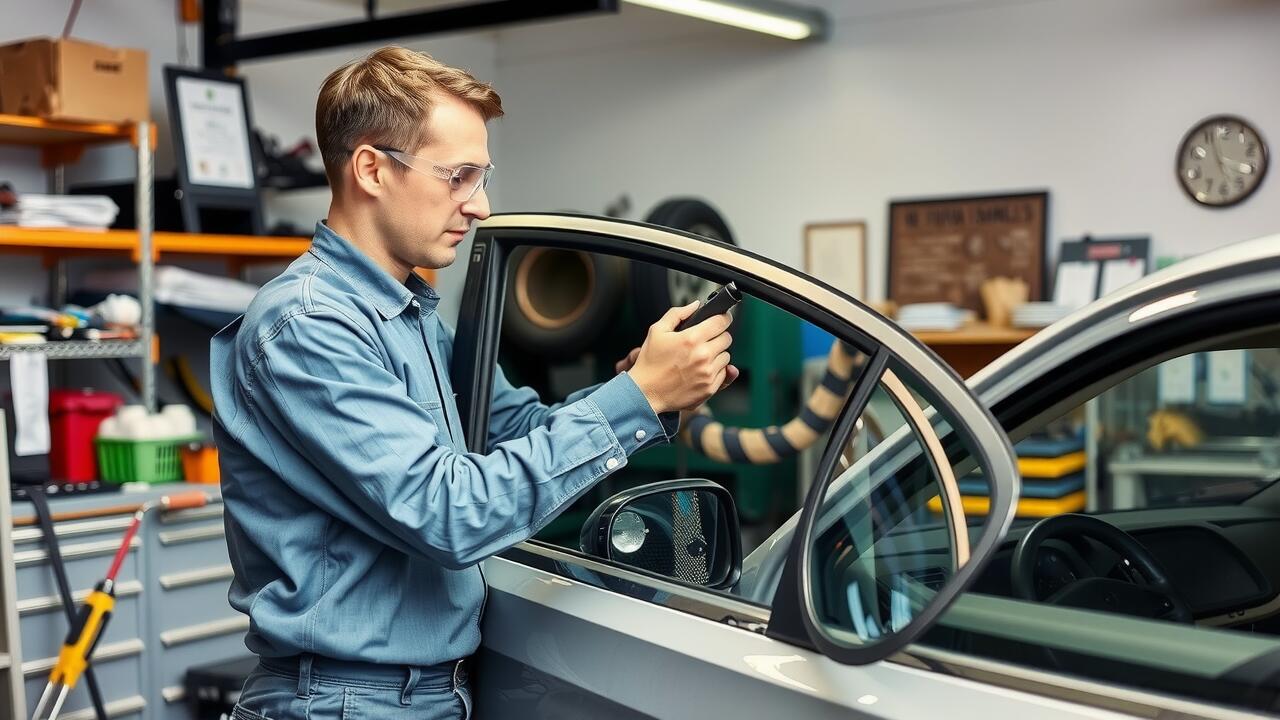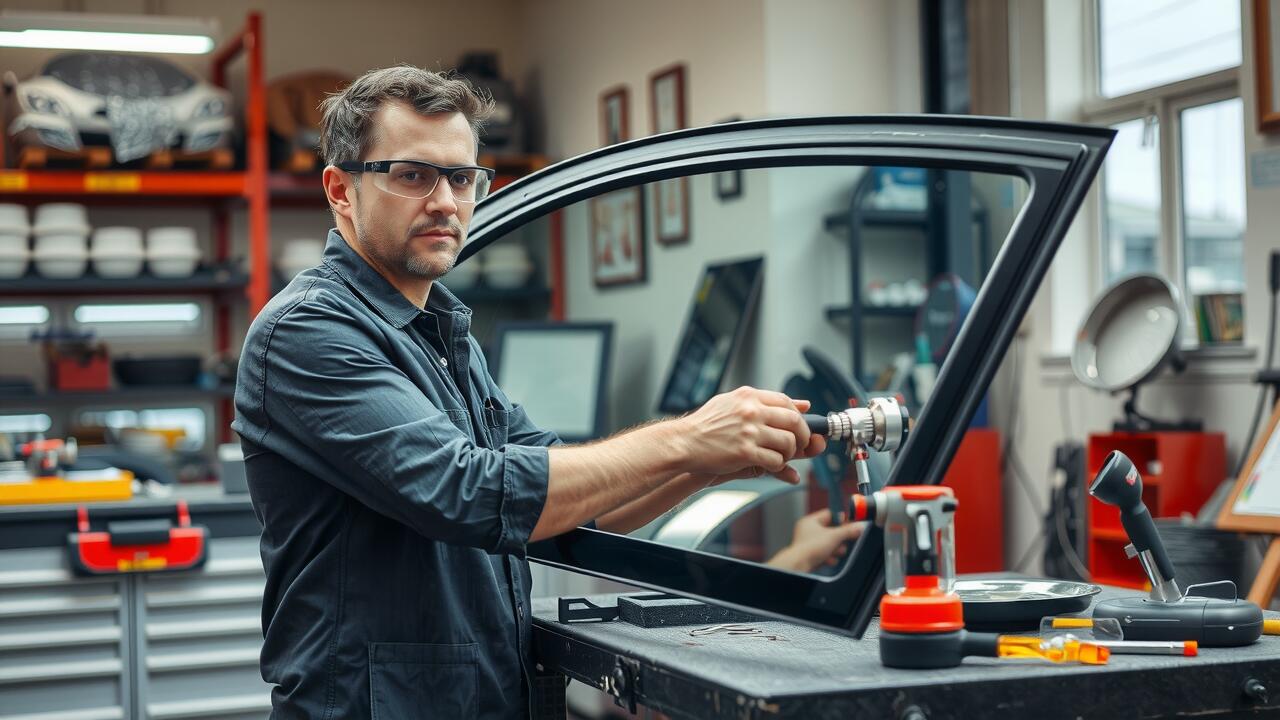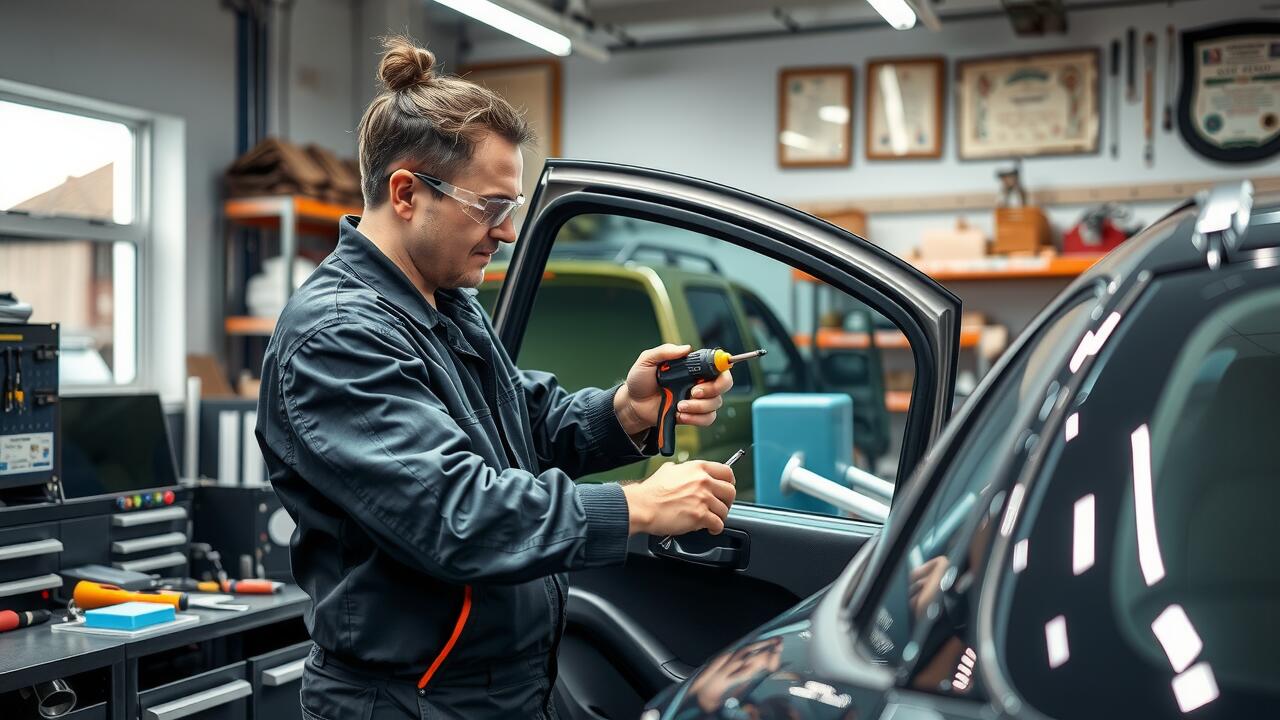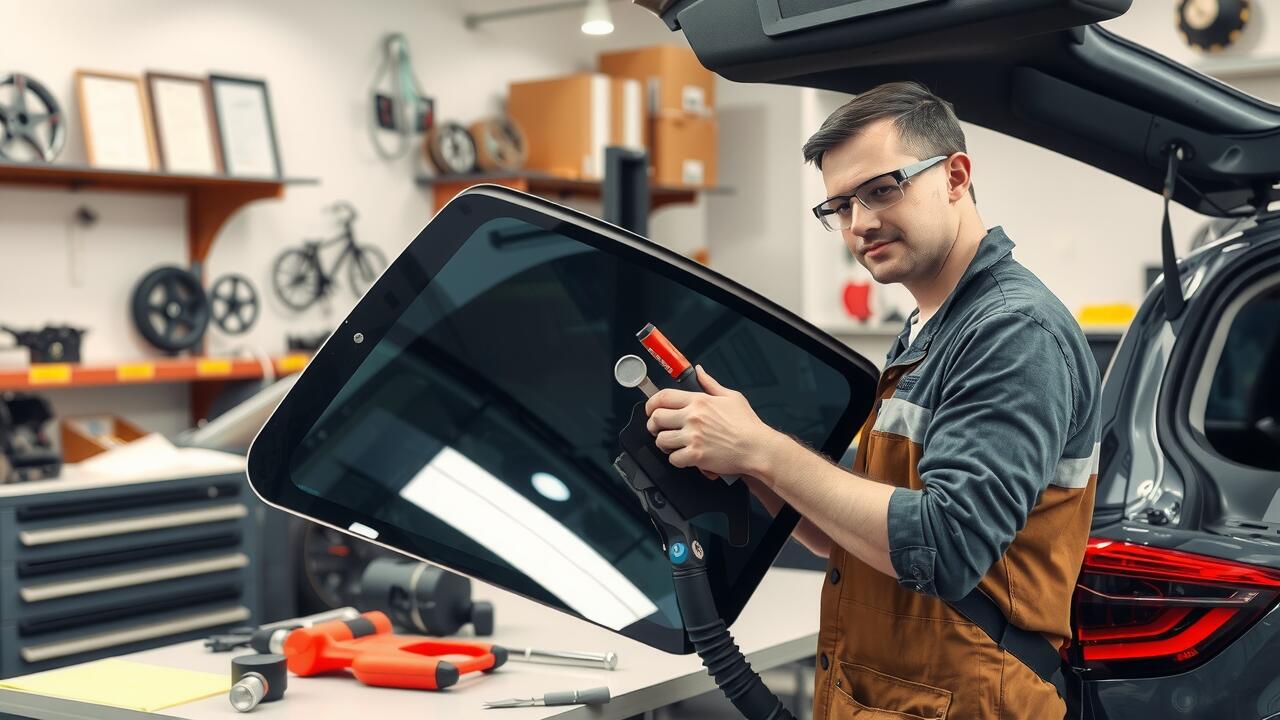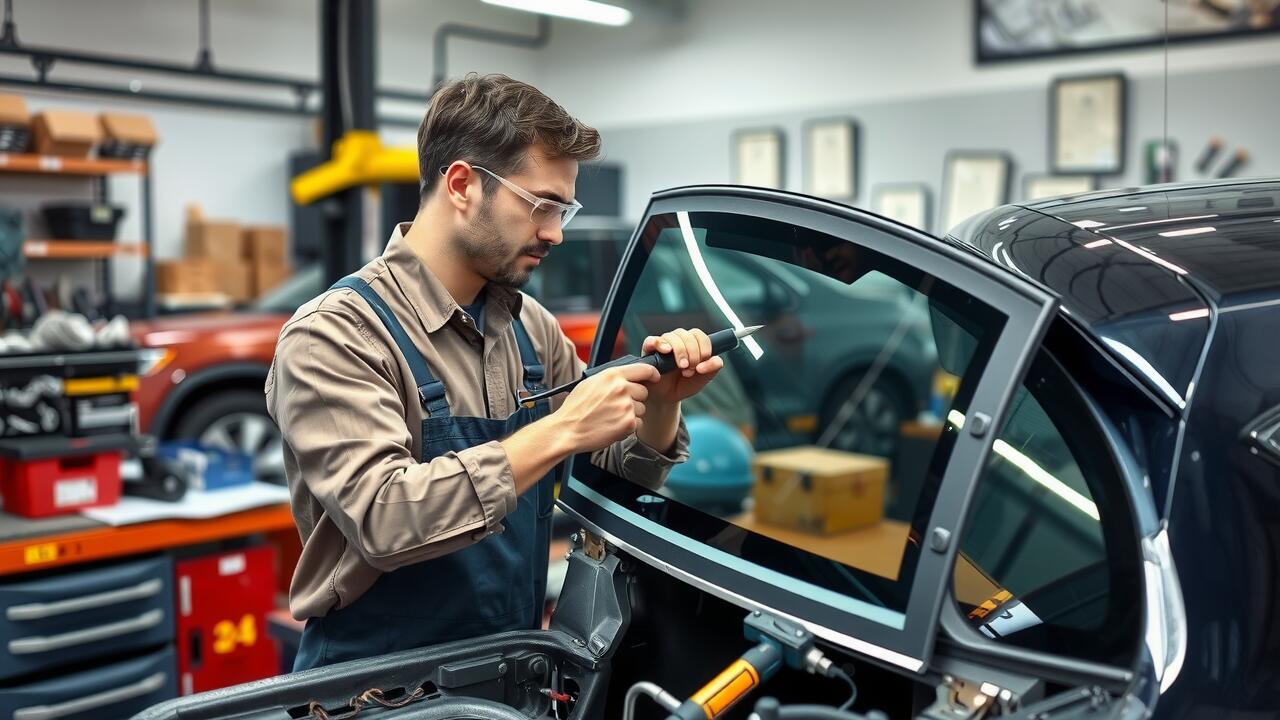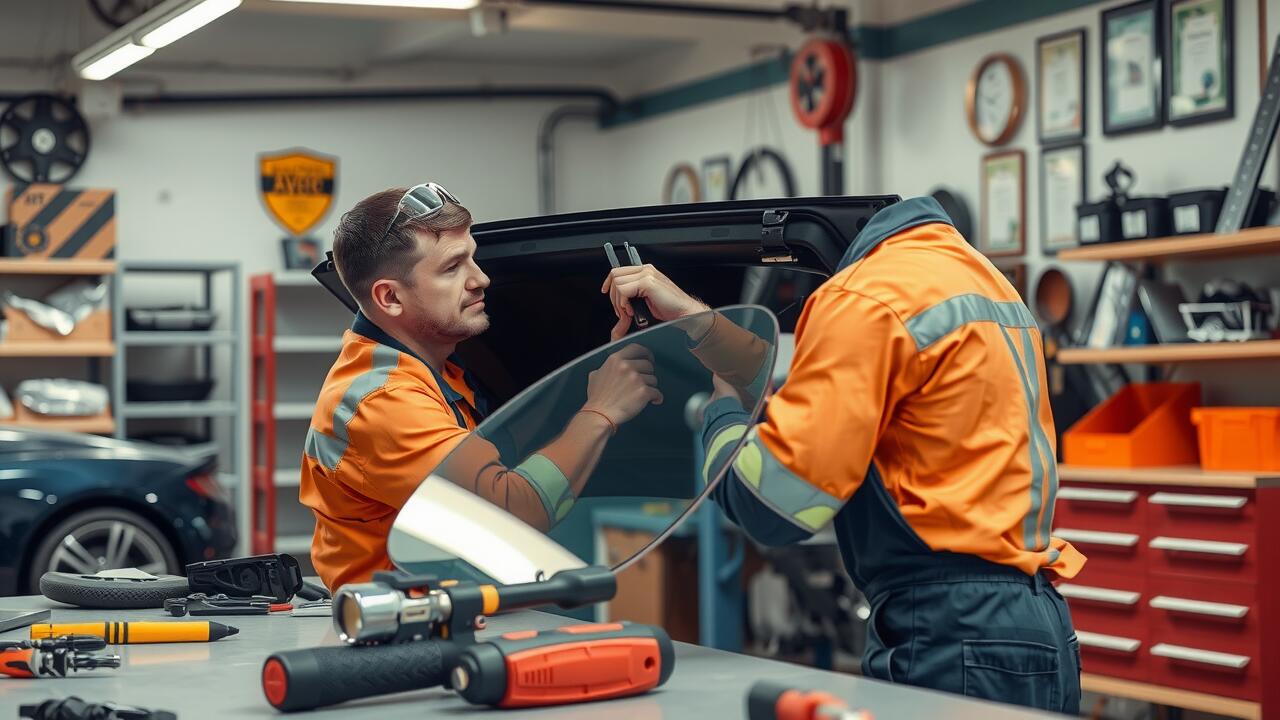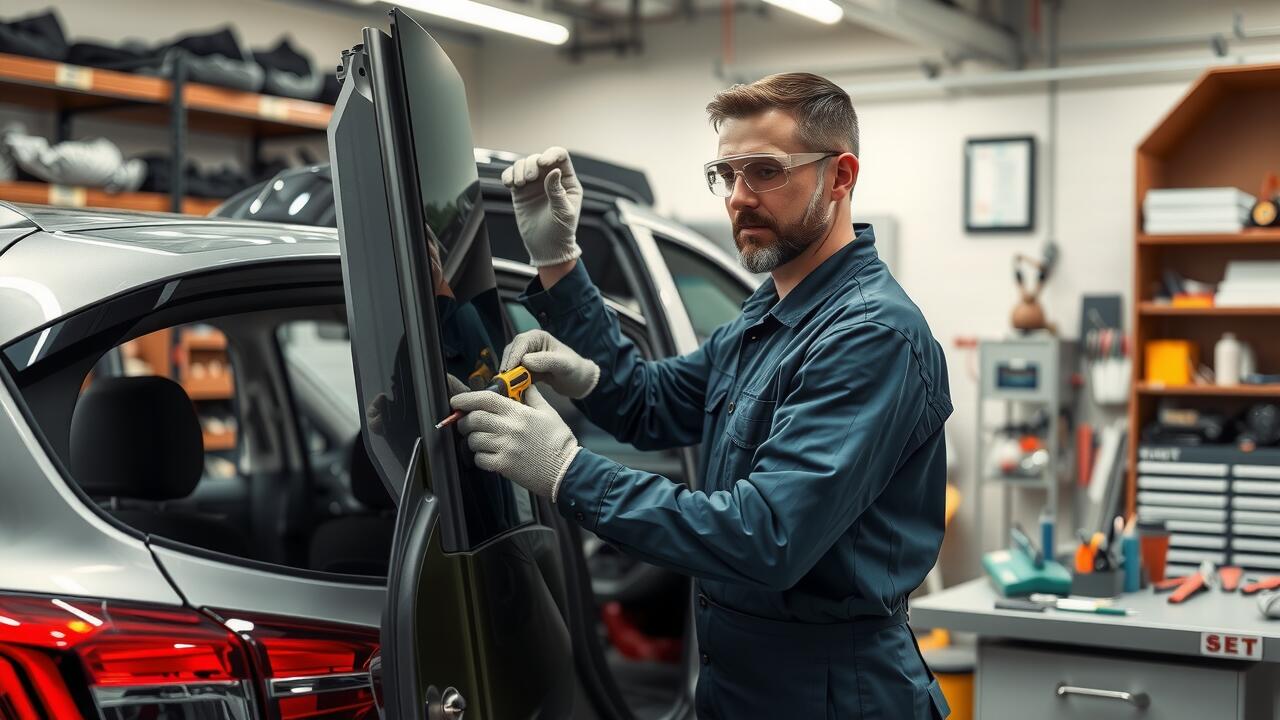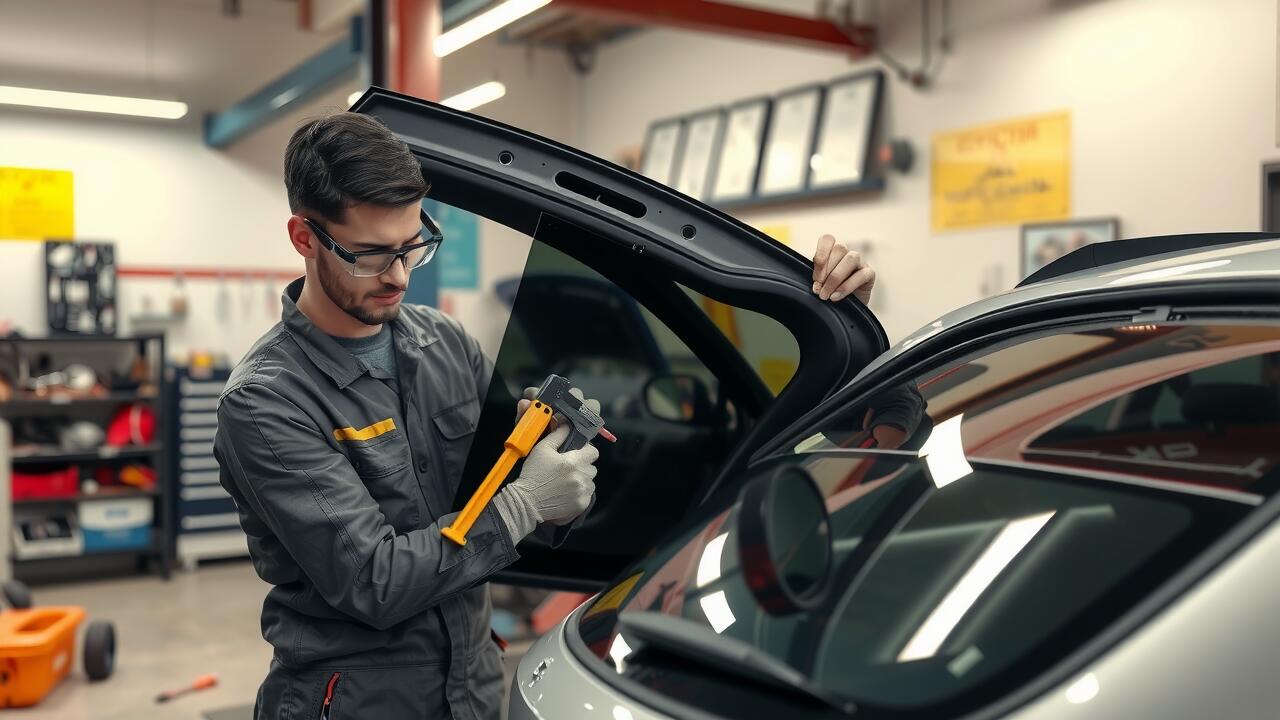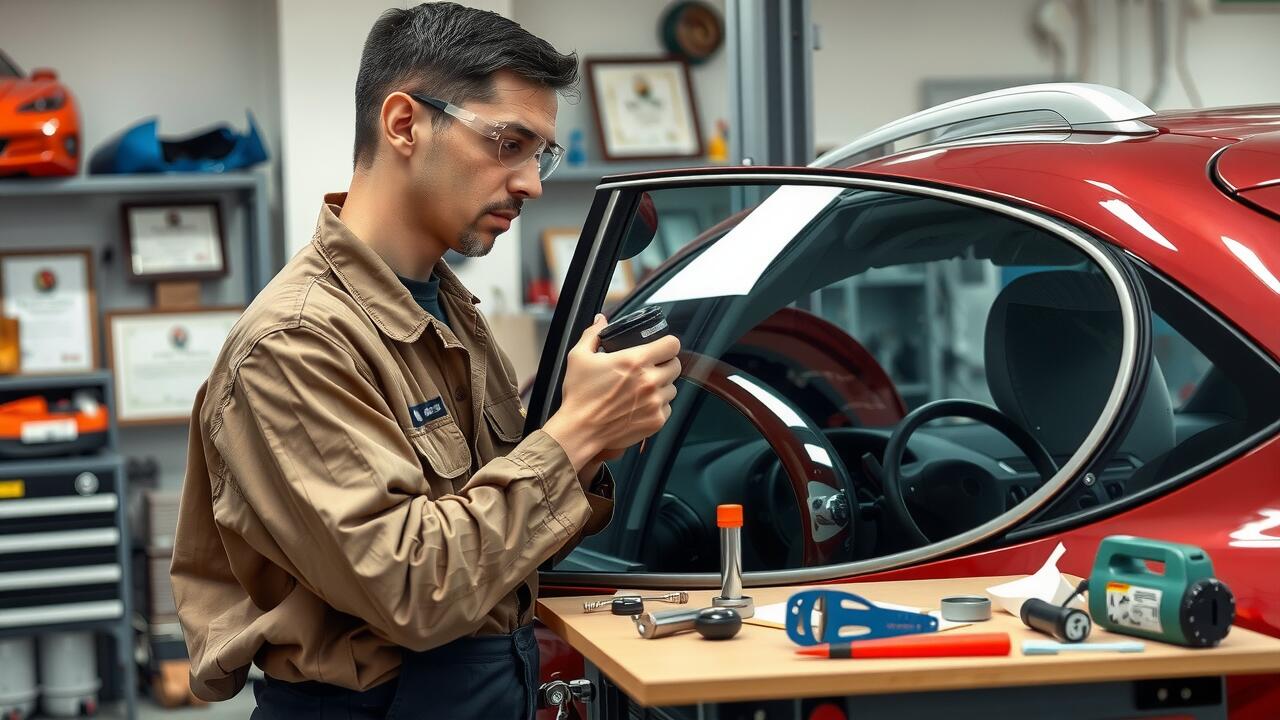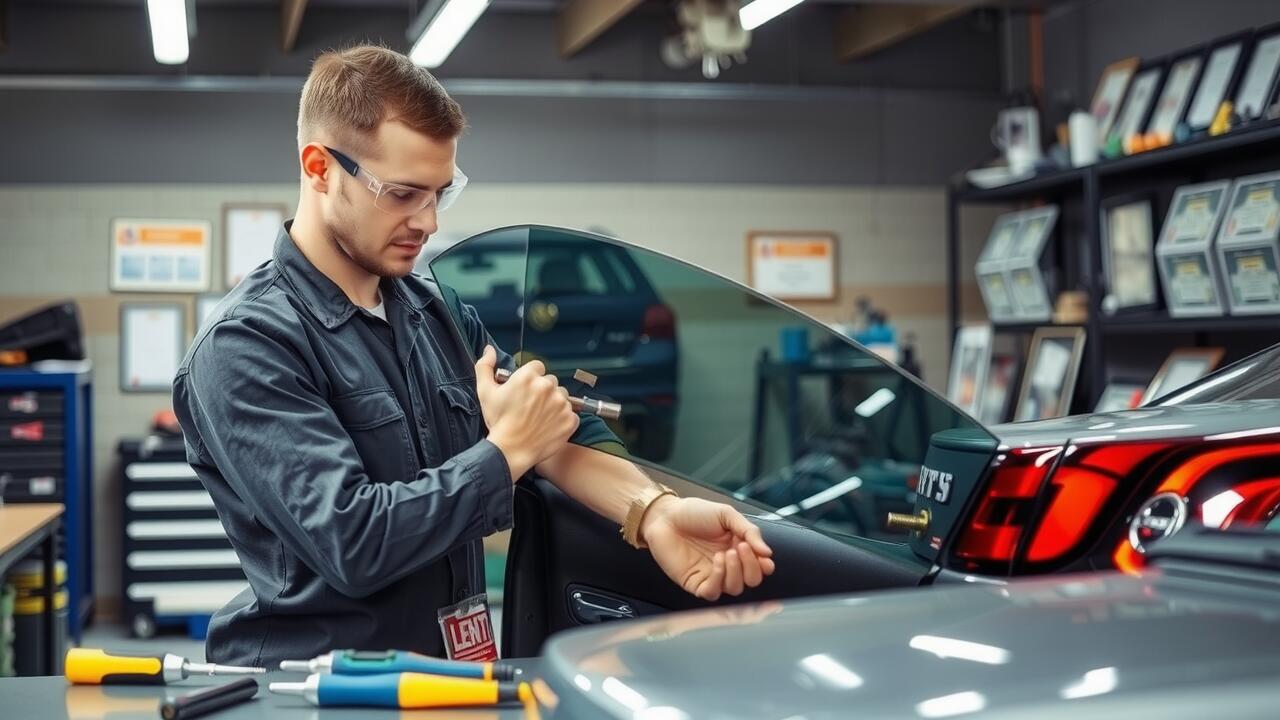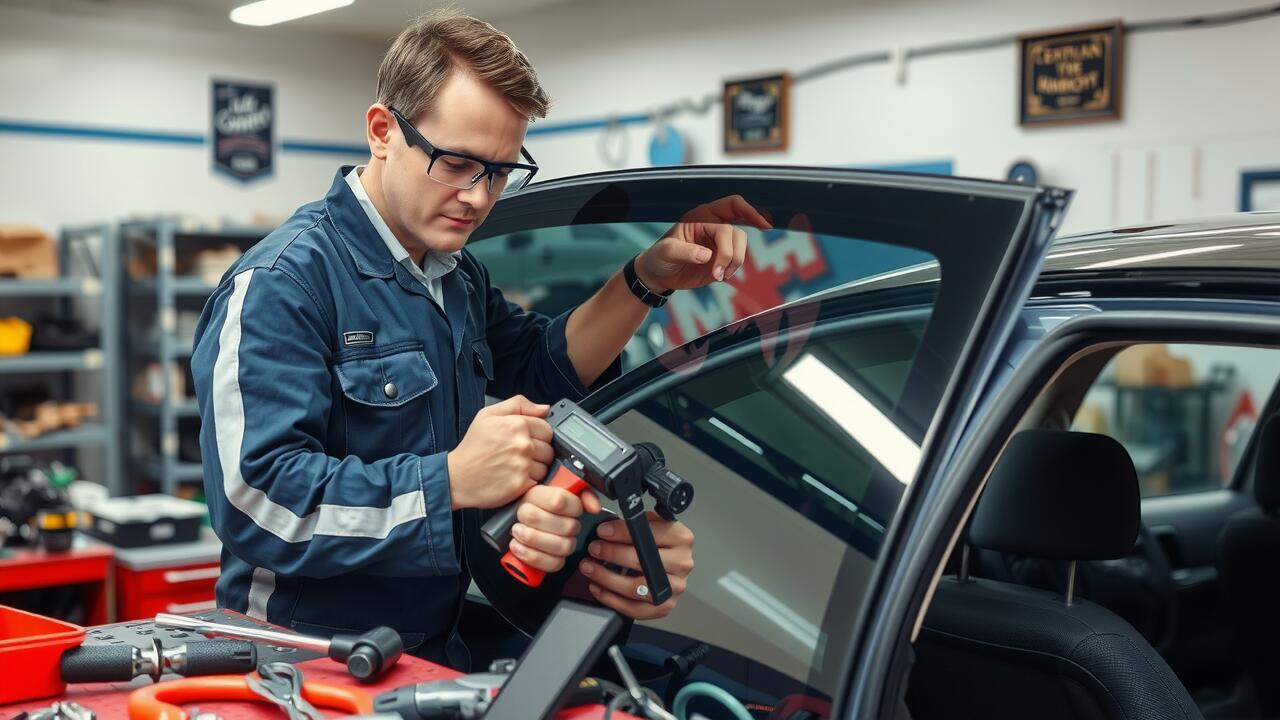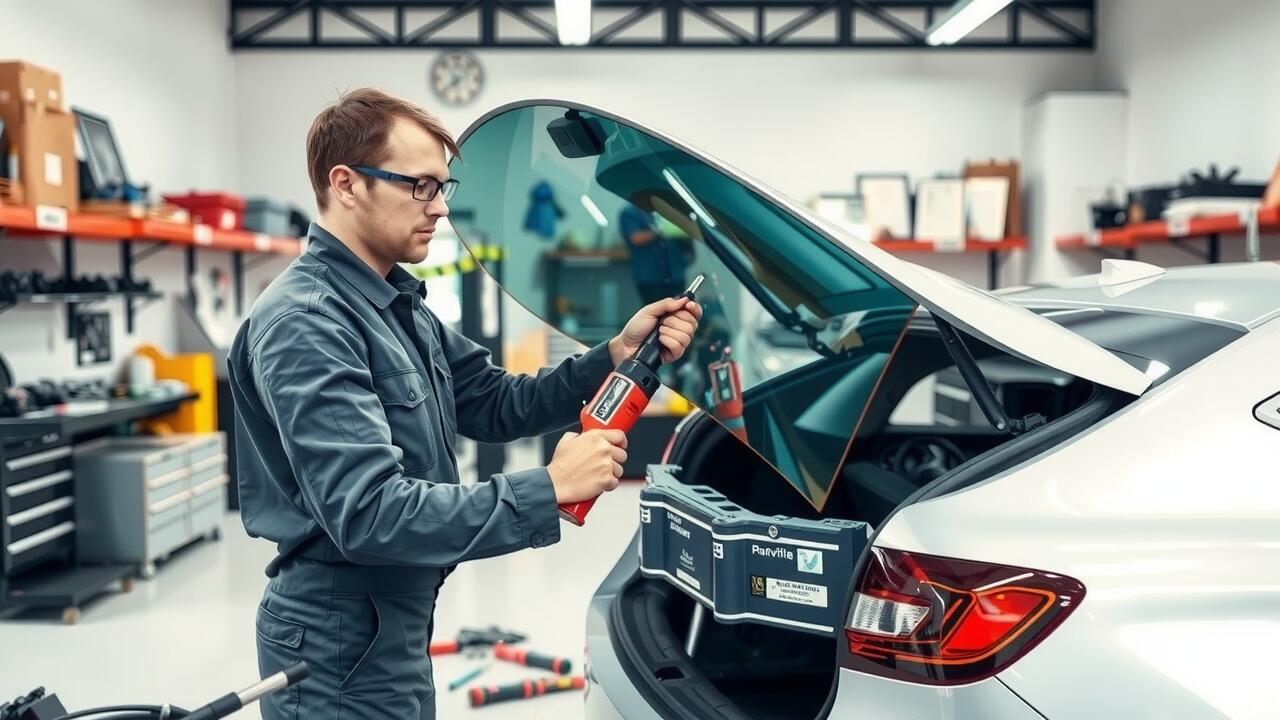
Table Of Contents
The Role of Window Tint in UV Protection
Window tint plays a crucial role in providing UV protection for vehicles. High-quality tints can block a significant percentage of harmful ultraviolet rays from penetrating the glass. This can help prevent UV-related damage to both the interior of the car and the skin of passengers. An effective tint can significantly reduce heat buildup as well, making for a more comfortable driving experience in Australia’s often harsh climate.
Over time, however, even quality window tints can degrade. Factors such as exposure to sunlight, temperature fluctuations and improper installation can compromise their effectiveness. If the tint begins to bubble or discolour, this may indicate a reduction in UV protection. In severe cases, a visible impairment in tint quality may necessitate rear window replacement to restore both safety and protection from harmful rays.
Evaluating Tint Quality and Age
The quality of window tint plays a significant role in protecting against UV damage. High-quality tints are designed to block a substantial percentage of harmful rays, helping preserve both the interior of the car and the occupants' skin. Over time, the effectiveness of these tints can diminish due to exposure to harsh weather conditions and UV rays. Evaluating the tint’s quality involves checking for any signs of bubbling, discolouration, or peeling, which can indicate that it has lost its protective capabilities.
Age is another critical factor in assessing window tint. Tints generally have a lifespan of five to ten years, depending on the material and environmental factors. If the tint appears aged or worn, it may no longer provide adequate UV protection, leading to potential damage to both the windows and interior surfaces. In cases where the tint is deemed ineffective, consider the option of rear window replacement to ensure optimal protection against UV rays and maintain vehicle aesthetics.
Common Causes of UV Damage
Exposure to ultraviolet (UV) rays is one of the primary causes of damage to a vehicle's rear window. Even if the interior of the car is shielded from direct sunlight, UV rays can still penetrate various surfaces. Over time, this persistent exposure can lead to discolouration and a degradation of the materials surrounding the window. Environmental factors such as extreme heat and humidity can exacerbate this deterioration, increasing the likelihood of needing a rear window replacement.
Another factor contributing to UV damage is poor-quality window tint. Inadequate or ageing tint can fail to provide effective protection against harmful rays. Frequently, drivers may overlook the condition of their window tint until visible signs of damage appear. Signs can include a faded appearance or a peeling effect along the edges. Regular assessments of tint quality are essential to mitigate the risk of further damage, especially before considering a rear window replacement.
Prolonged Sun Exposure
Prolonged sun exposure is a primary factor contributing to UV damage in car windows. When a vehicle is left parked under direct sunlight for extended periods, the heat and UV rays can weaken the window materials. Over time, this exposure may lead to discolouration, cracking, or a deterioration of the tint, making it less effective in blocking harmful rays. Identifying these signs early is crucial for preventing further damage and costly repairs.
Additionally, high levels of UV radiation can significantly impact the interior of the vehicle. Faded upholstery and damaged dashboards are common consequences of neglecting UV protection. In severe cases, the damage may necessitate a rear window replacement, especially if the structural integrity of the window is compromised. Regular monitoring and prompt action can help maintain the vehicle's integrity and aesthetic appeal.
Maintenance Tips to Prevent UV Damage
Regular cleaning of your rear window plays a crucial role in preventing UV damage. Over time, grime, dirt, and debris can accumulate, which may reduce the effectiveness of any protective film or tint. Using a mild detergent and a soft cloth can help clear away these contaminants without causing scratches. It’s essential to follow up with a suitable glass cleaner specifically designed for automotive use, ensuring the surface remains clear and intact.
In addition to cleaning, inspecting the tint on your rear window regularly is vital. As tints age, they can degrade and lose their protective qualities. Look for signs of bubbling, discolouration, or cracking, which can indicate that the film is no longer effective. In cases where the damage is beyond repair, rear window replacement may become necessary to restore optimal UV protection and maintain the aesthetics of your vehicle.
Regular Cleaning and Inspection
Regular cleaning of your rear window is essential to maintain its clarity and longevity. Dust, grime, and environmental pollutants can cloud visibility and hasten the degradation of the glass. Employ a gentle automotive glass cleaner and a soft microfiber cloth for the best results. Avoid abrasive materials, as these can scratch the surface and compromise its integrity. A clean window not only enhances visibility but also lets you spot signs of UV damage more easily.
Inspection should be carried out routinely to identify any early signs of wear or potential issues. Look for cloudiness or warping, as these can indicate UV damage from prolonged exposure to sunlight. If any damage is detected, timely action is crucial. In some cases, your rear window may need repairs or even rear window replacement to ensure safety and restore functionality. Keeping an eye on the condition of your rear window will help you avoid more significant, costly issues down the line.
FAQS
How can I tell if my rear window has UV damage?
You can check for UV damage by looking for signs such as fading or discolouration of the interior materials near the window, as well as any yellowing or cracking of the window film if present. Additionally, if the glass feels unusually hot to the touch, it could indicate compromised UV protection.
What is the role of window tint in UV protection?
Window tint helps block harmful UV rays from entering your vehicle, which can reduce heat build-up and protect your car's interior. A quality tint can significantly minimise the risk of UV damage to both the glass and the materials inside your car.
How do I evaluate the quality and age of my window tint?
You can evaluate the quality of your window tint by checking for any bubbling, peeling, or fading. If the tint is more than 5-10 years old, it may have started to degrade, which can compromise its UV protective qualities, so consider having it assessed or replaced.
What are common causes of UV damage to rear windows?
Prolonged sun exposure is the primary cause of UV damage to rear windows. Over time, consistent exposure to UV rays can lead to deterioration of both the glass and interior materials. Other factors, like inadequate window tint, can also contribute to UV damage.
What maintenance tips can I follow to prevent UV damage?
Regular cleaning and inspection of your rear window and window tint are essential. Use a non-abrasive cleaner to avoid scratching the surface, and periodically assess the condition of the tint. Parking in shaded areas or using a sunshade can also help reduce UV exposure.
